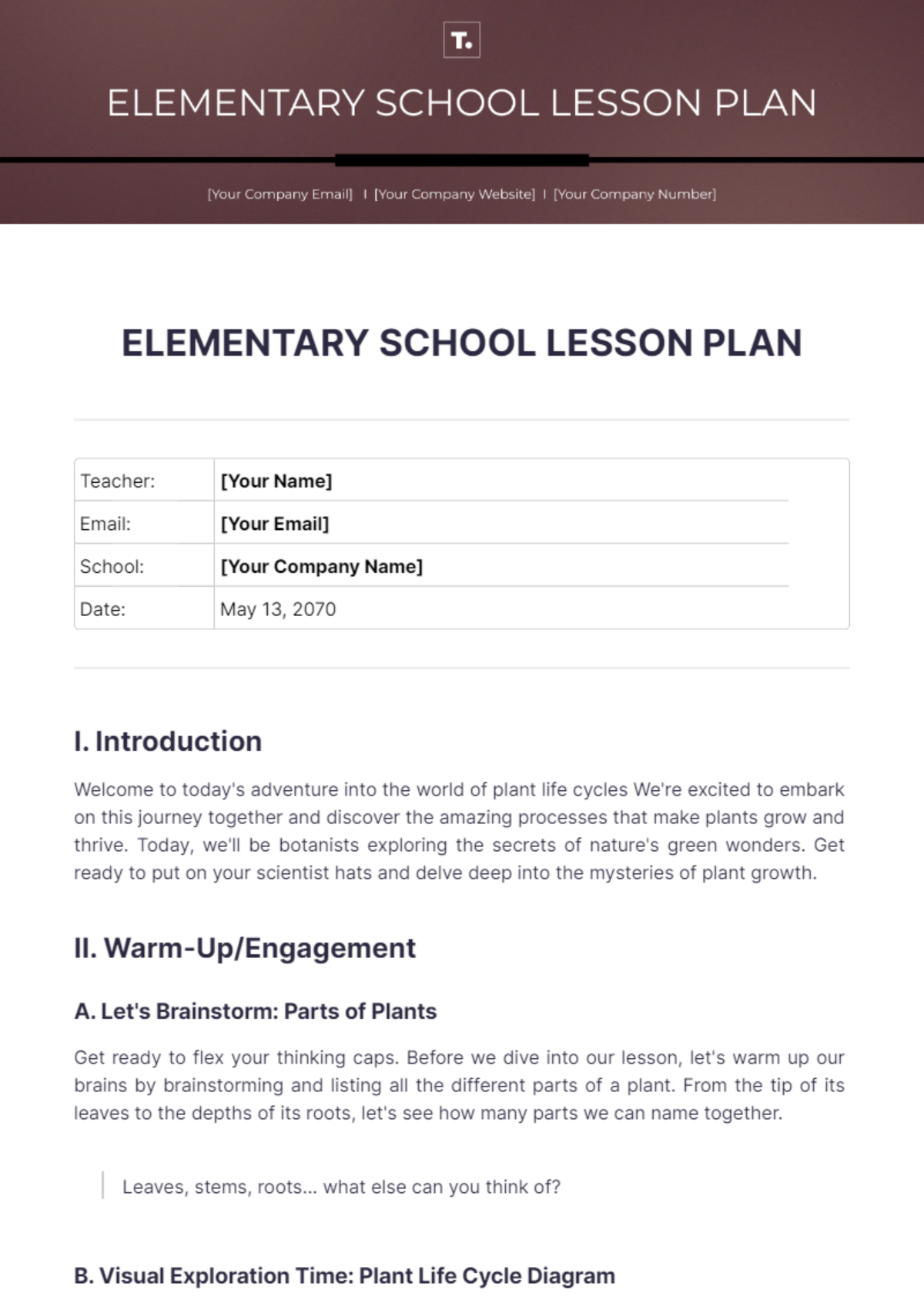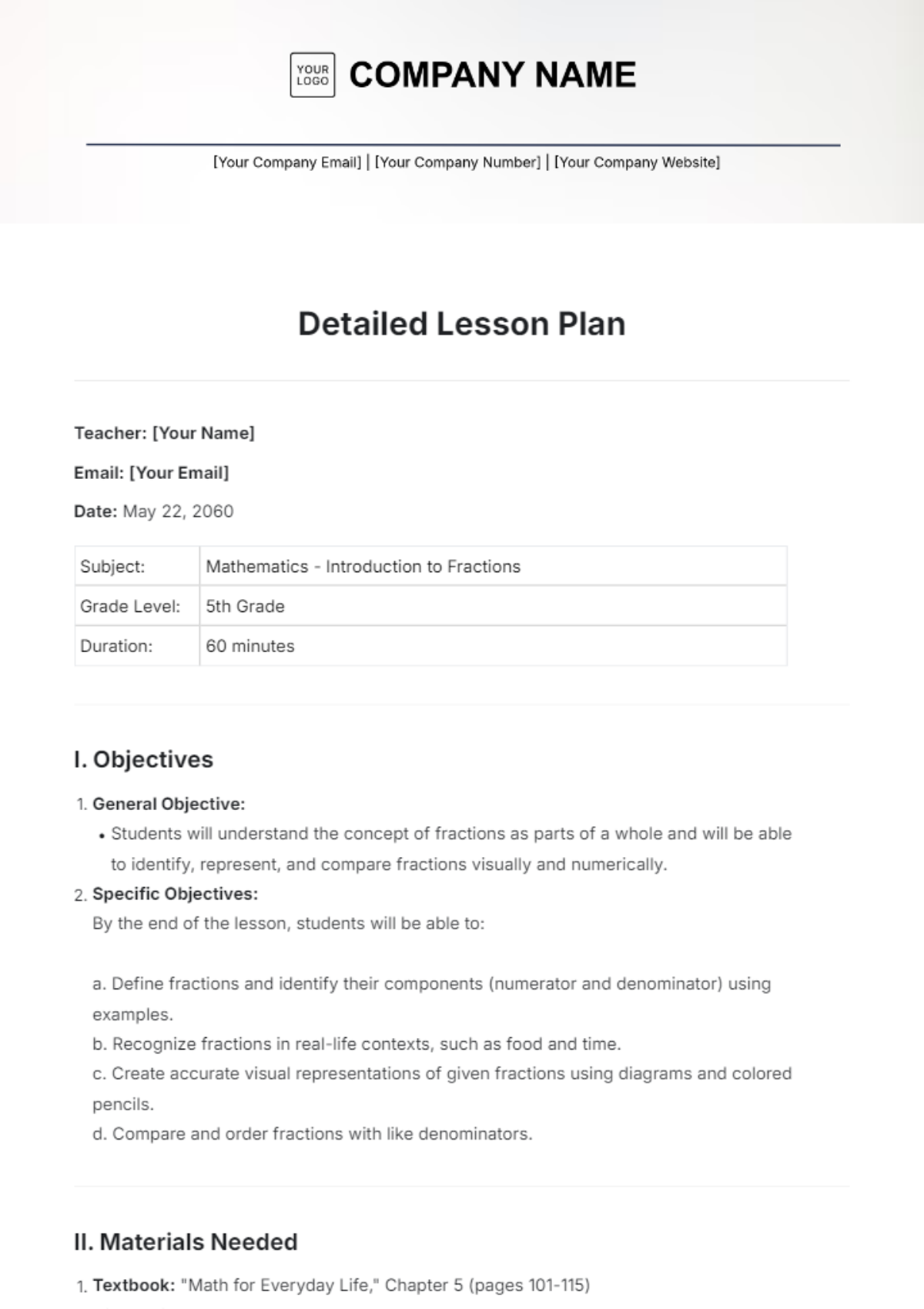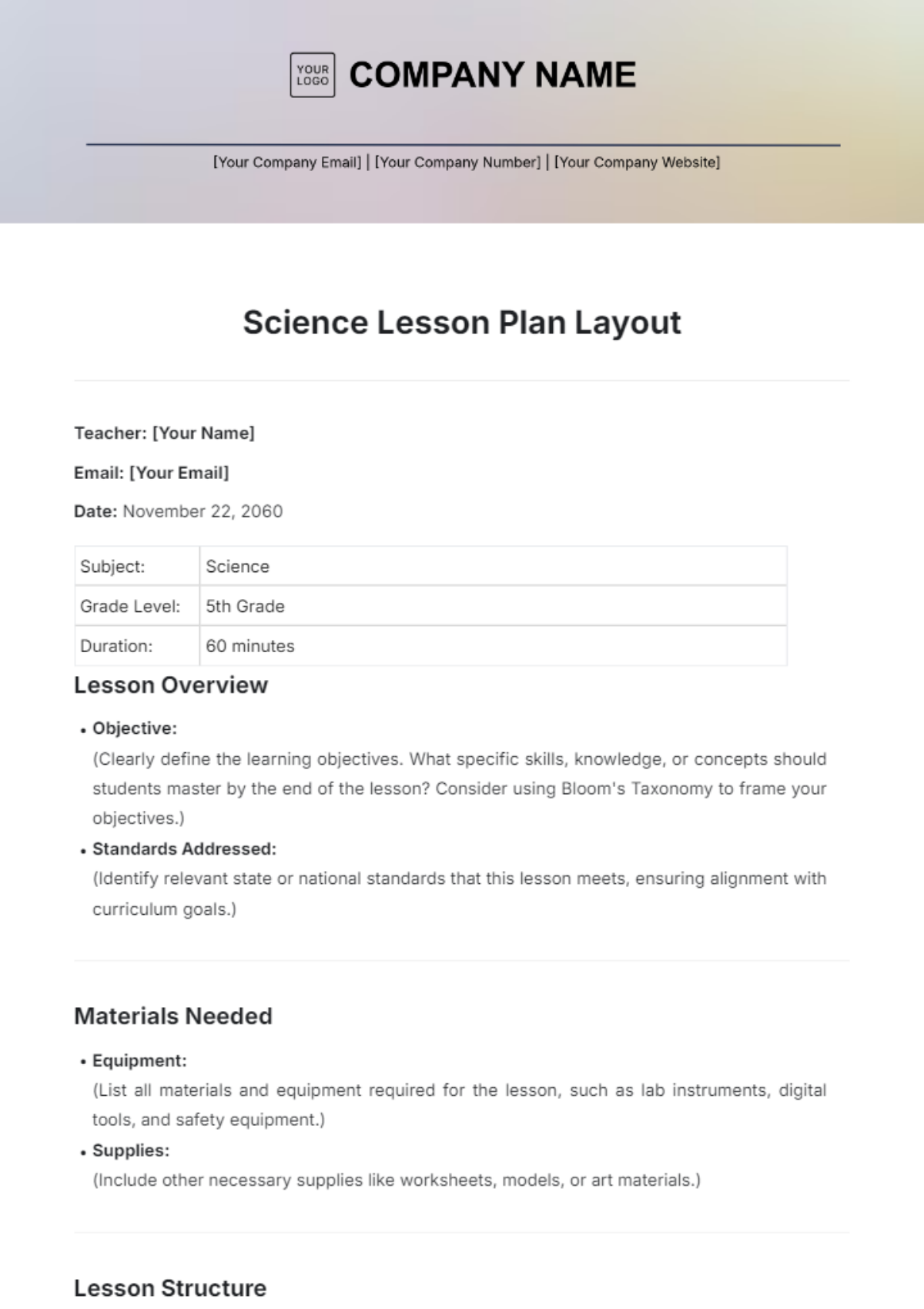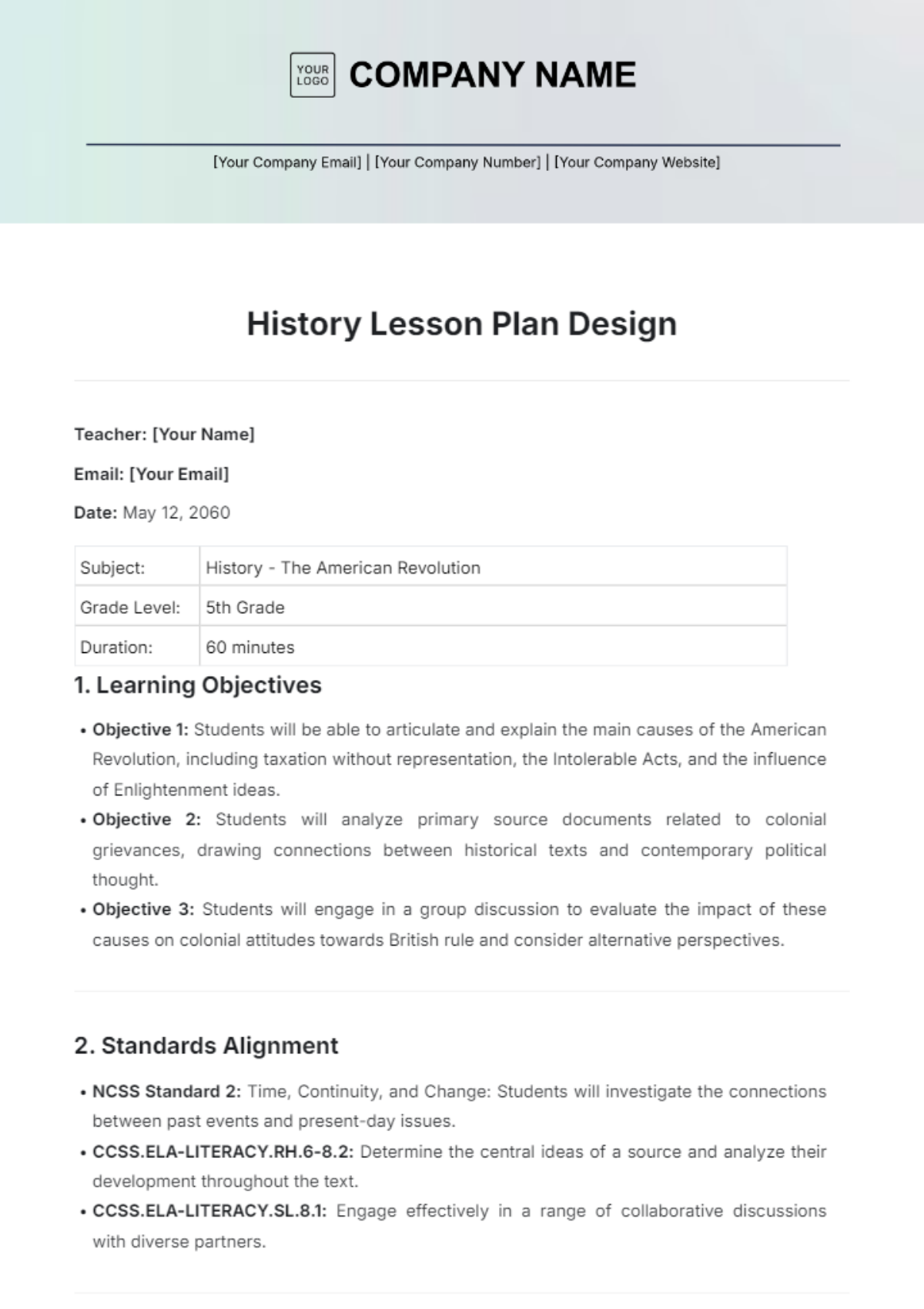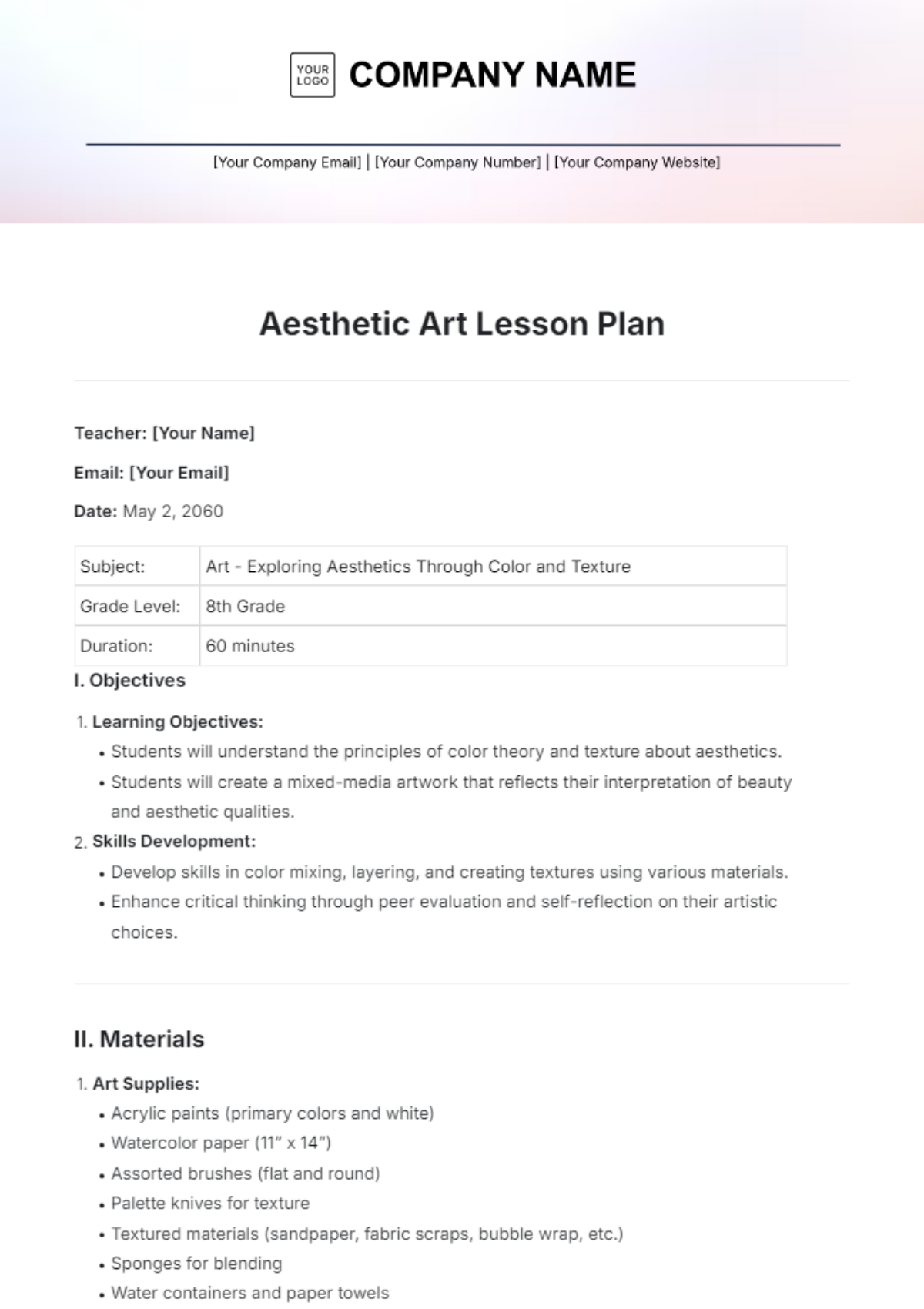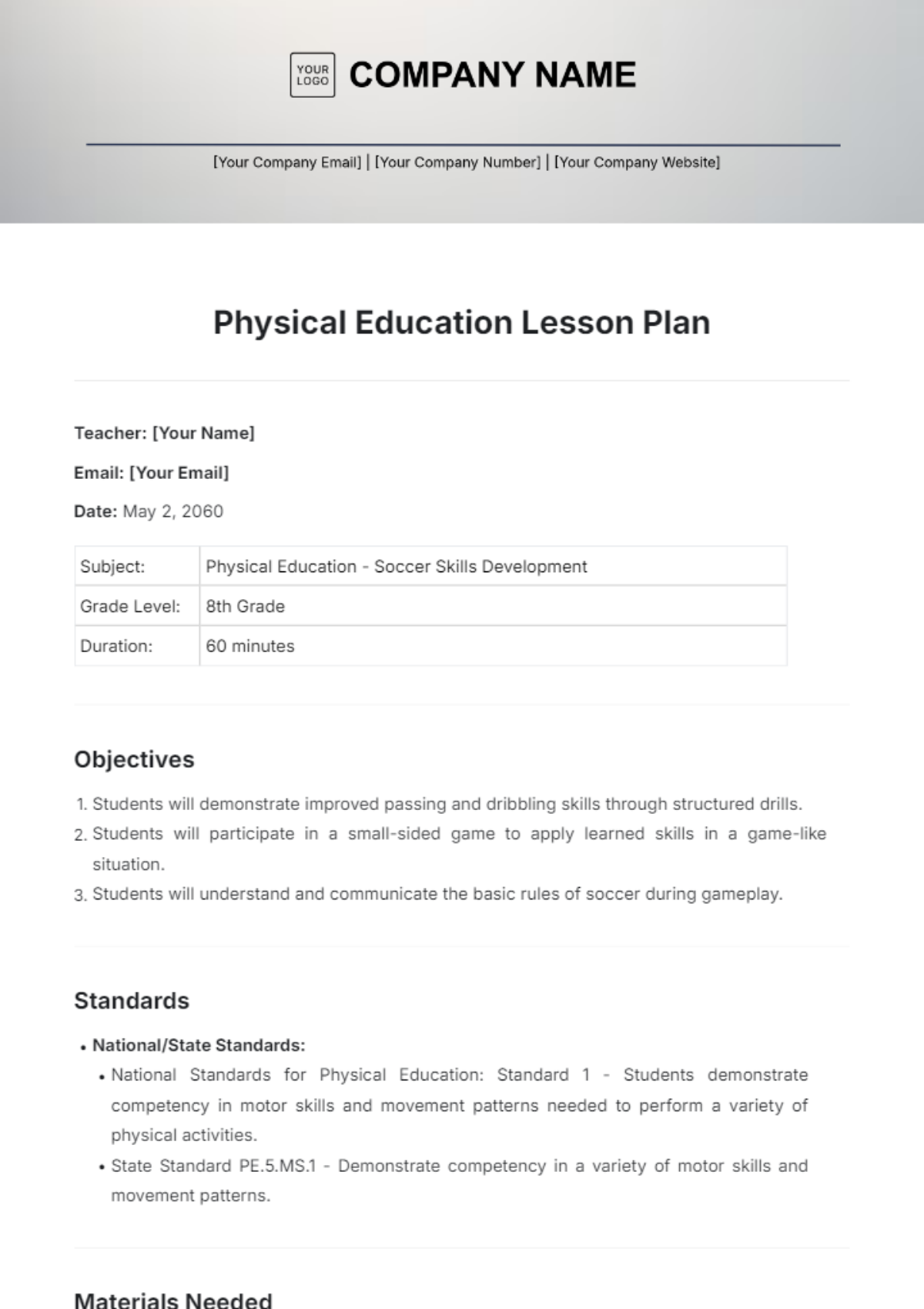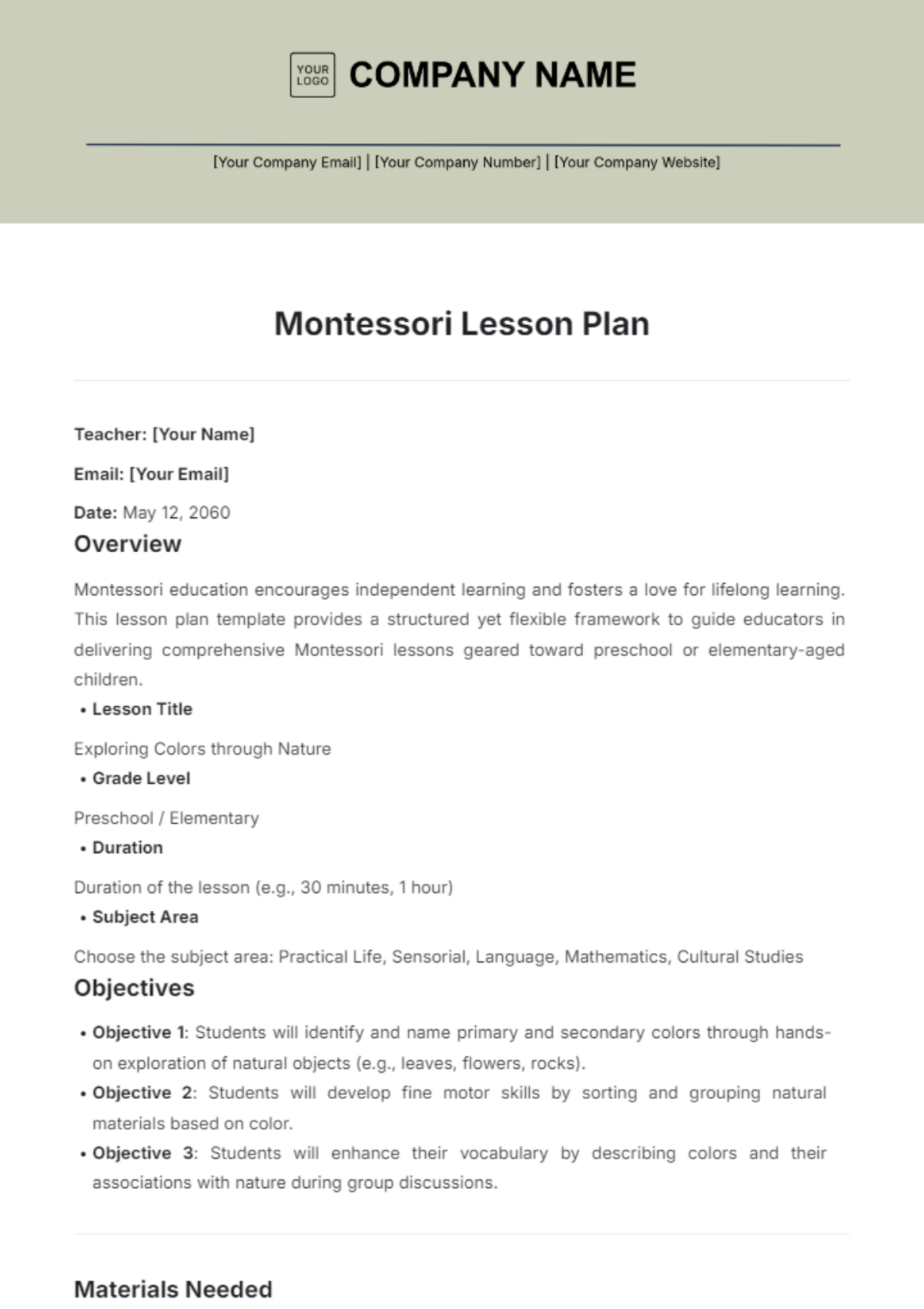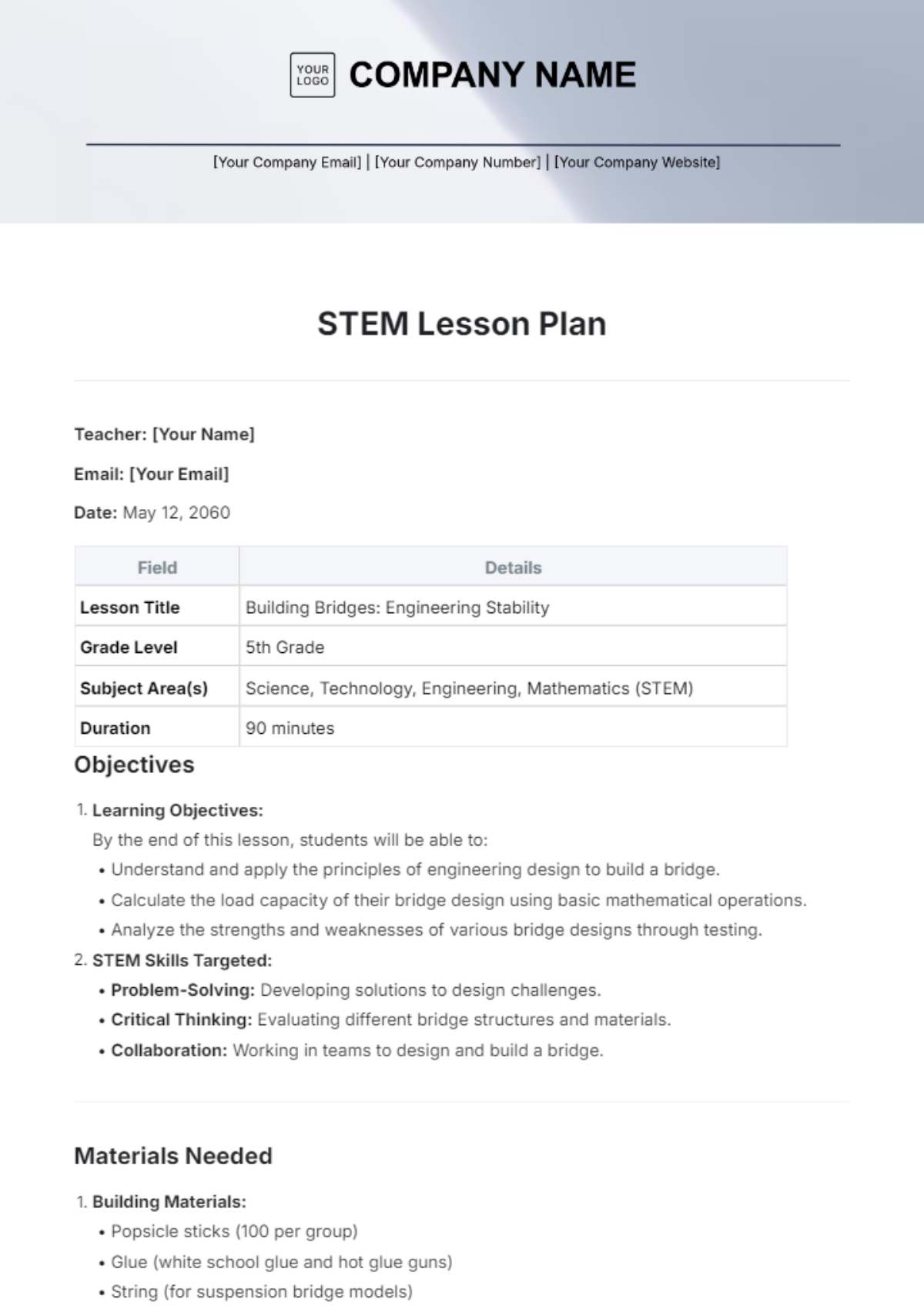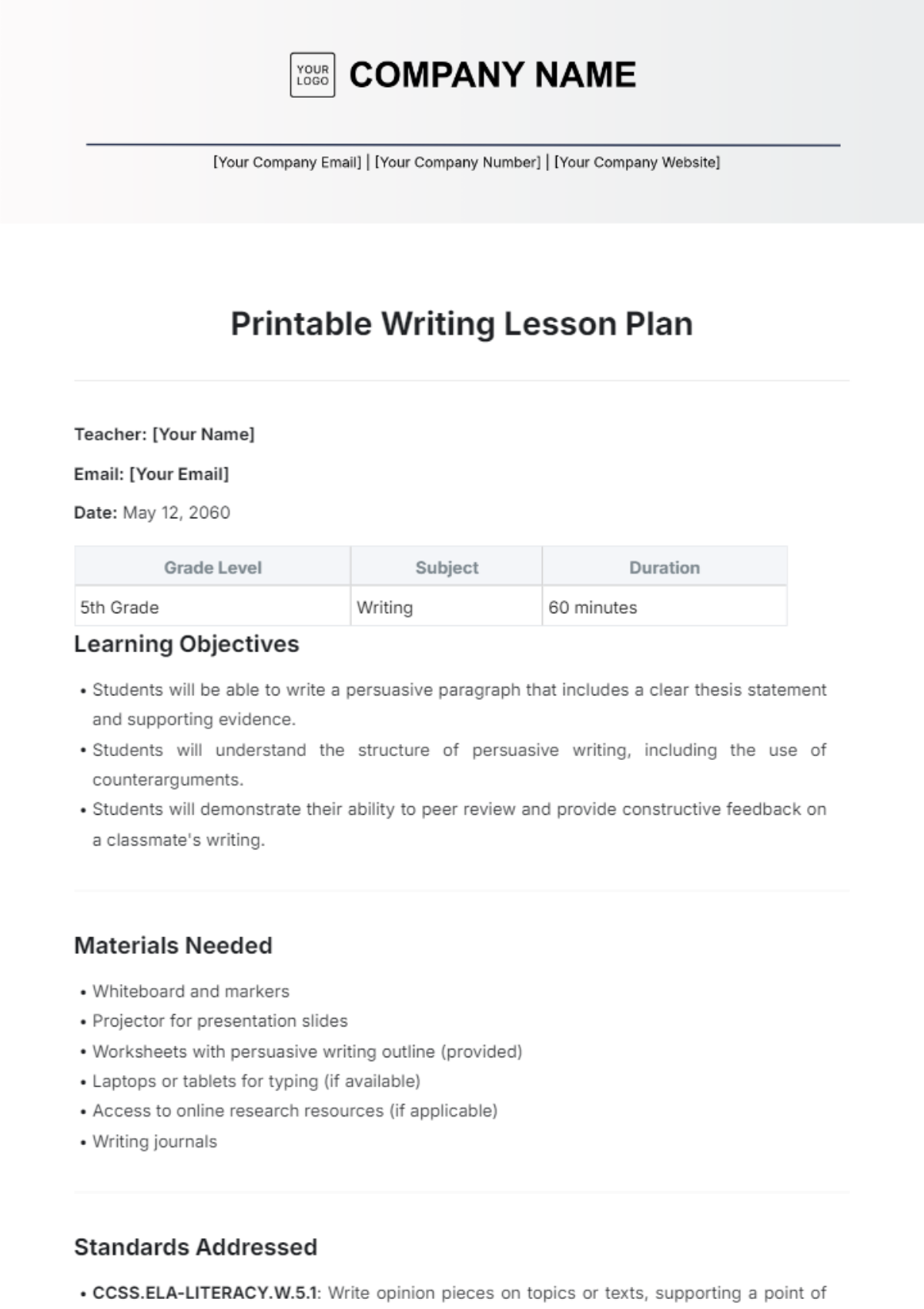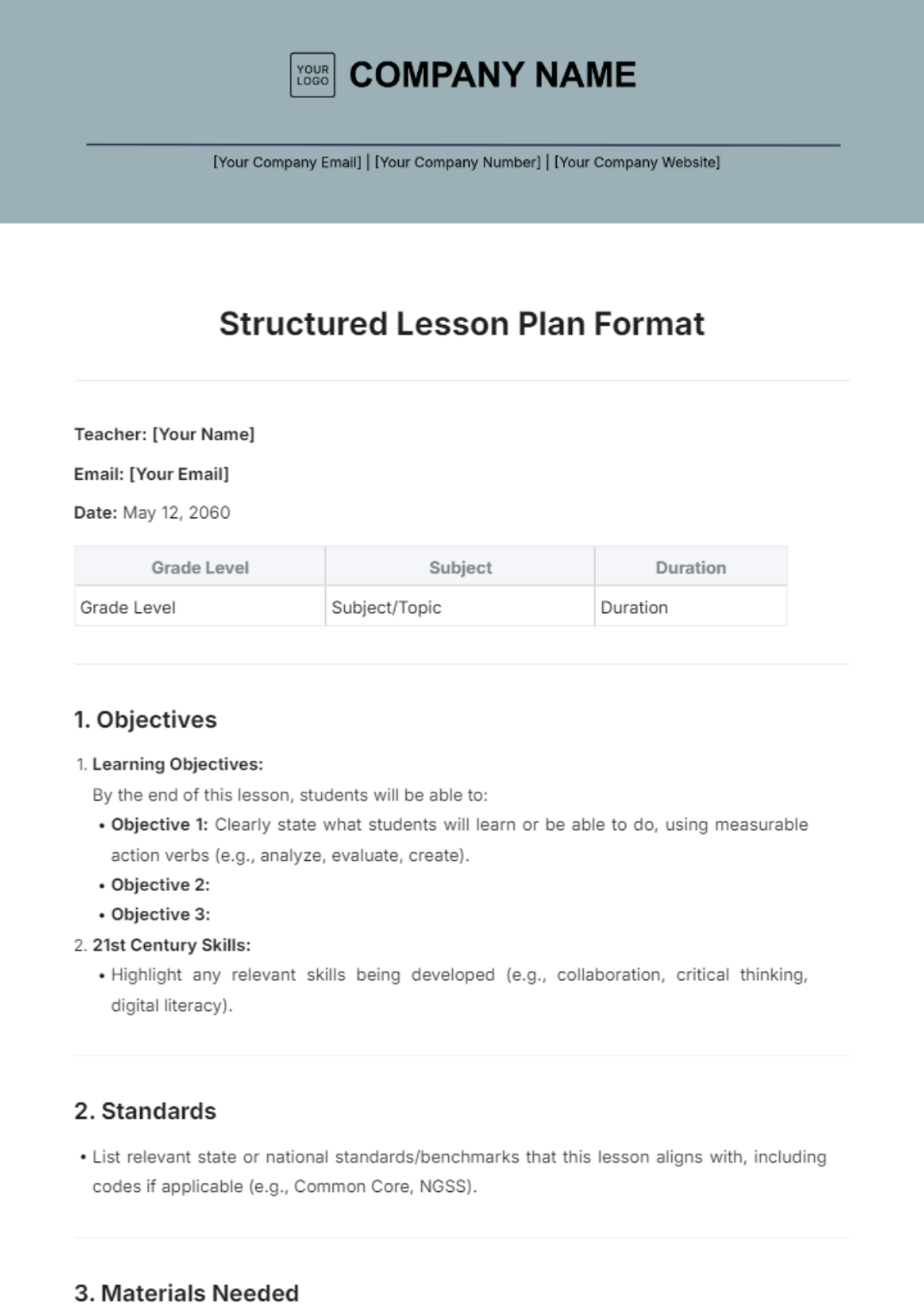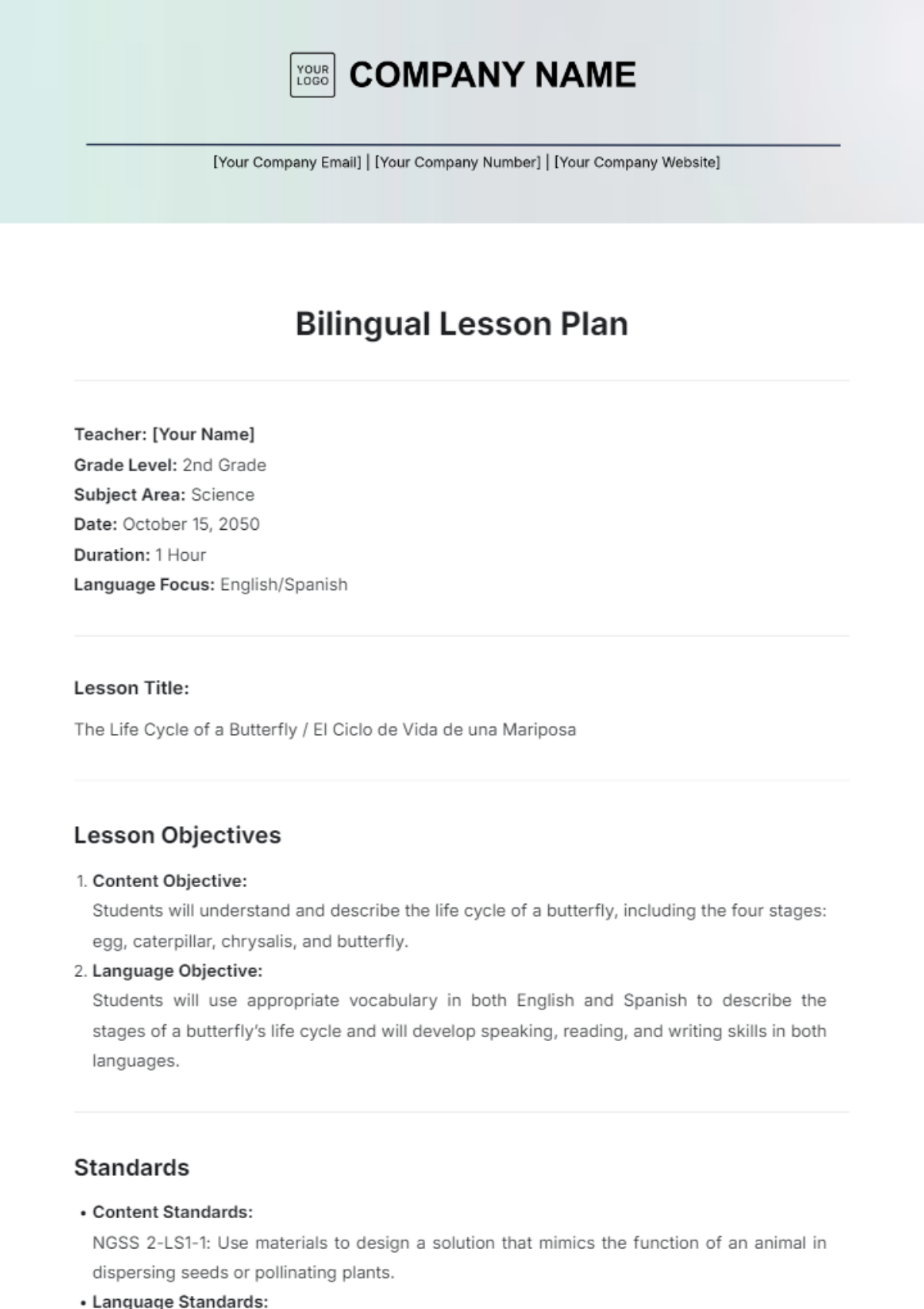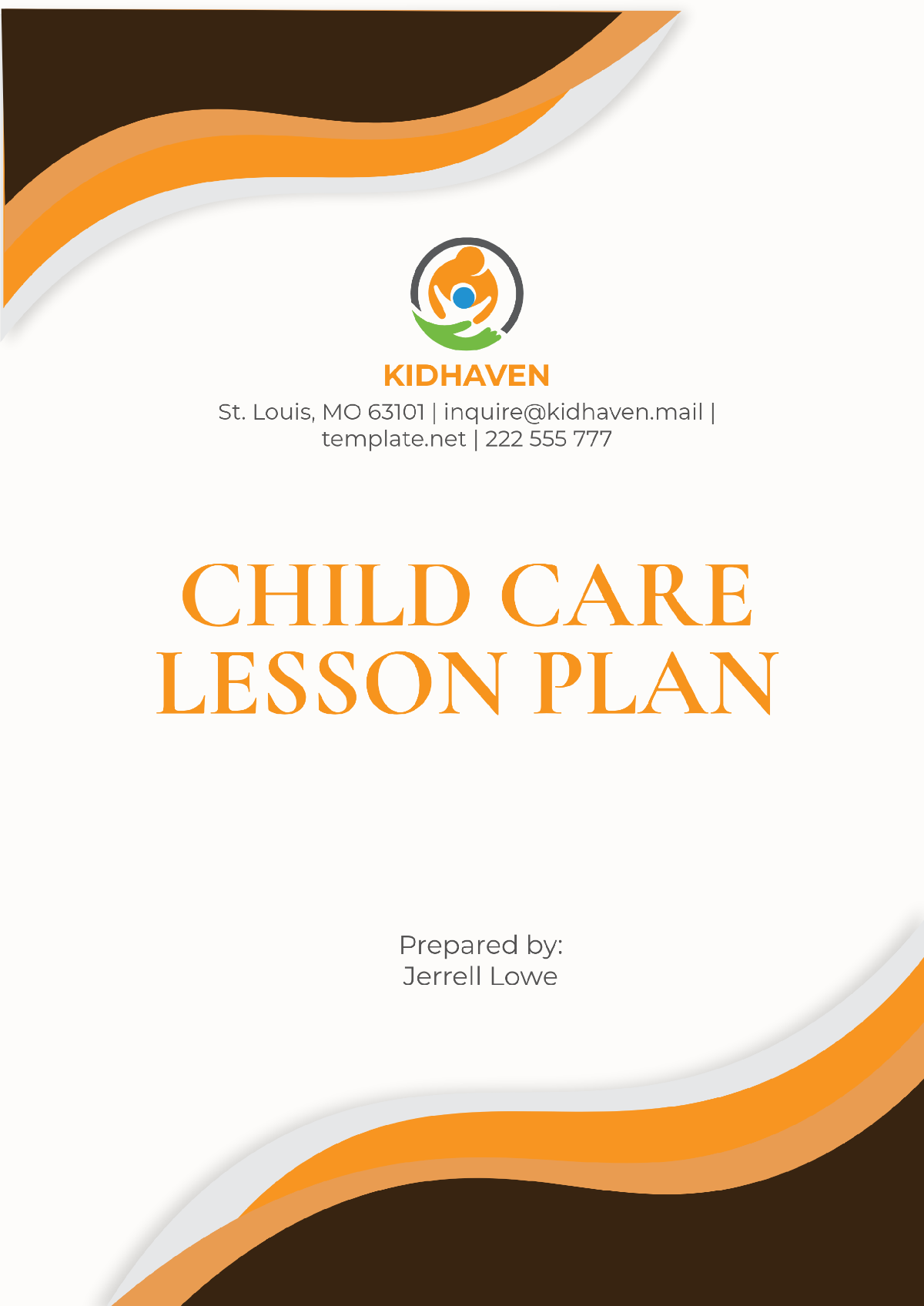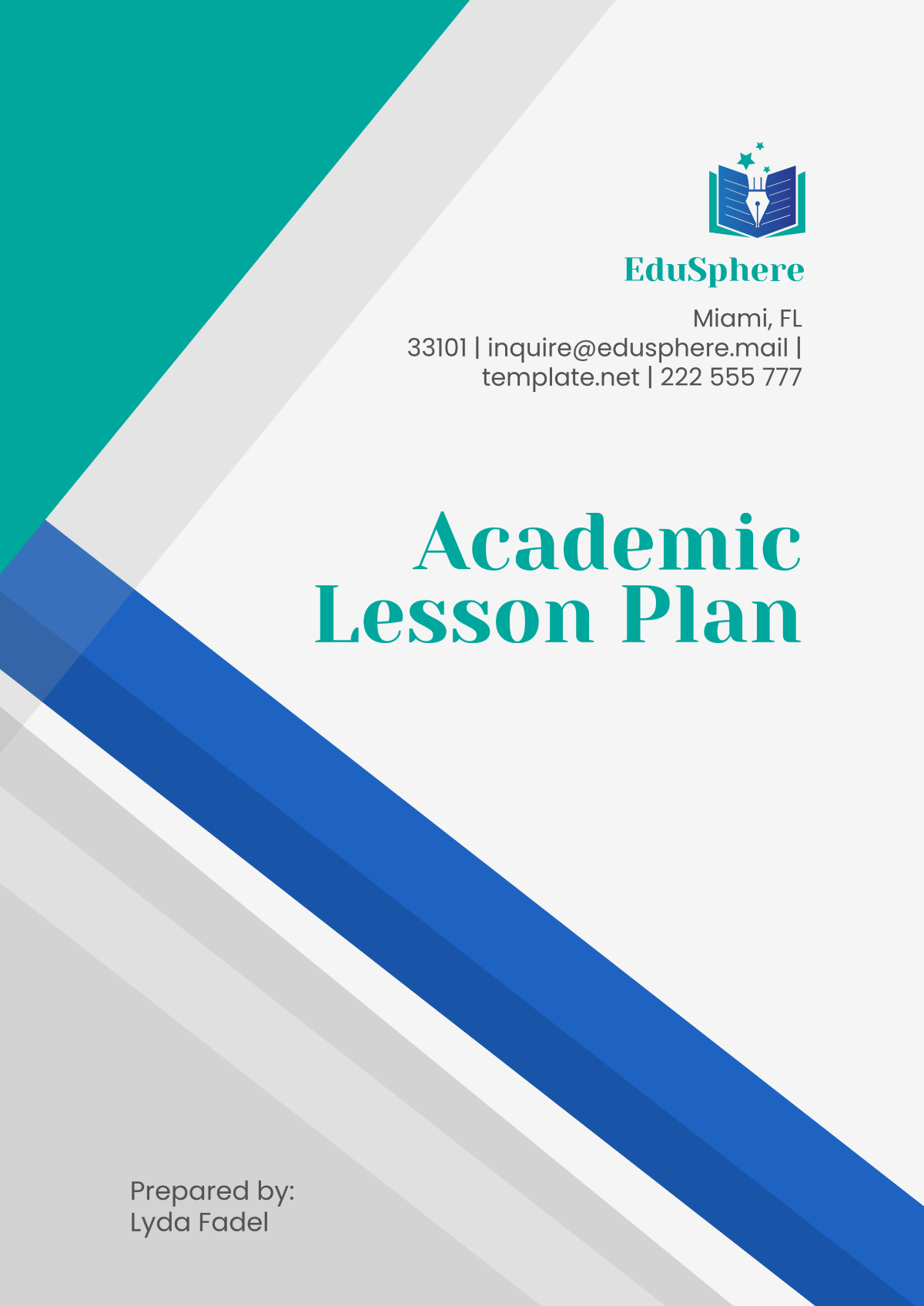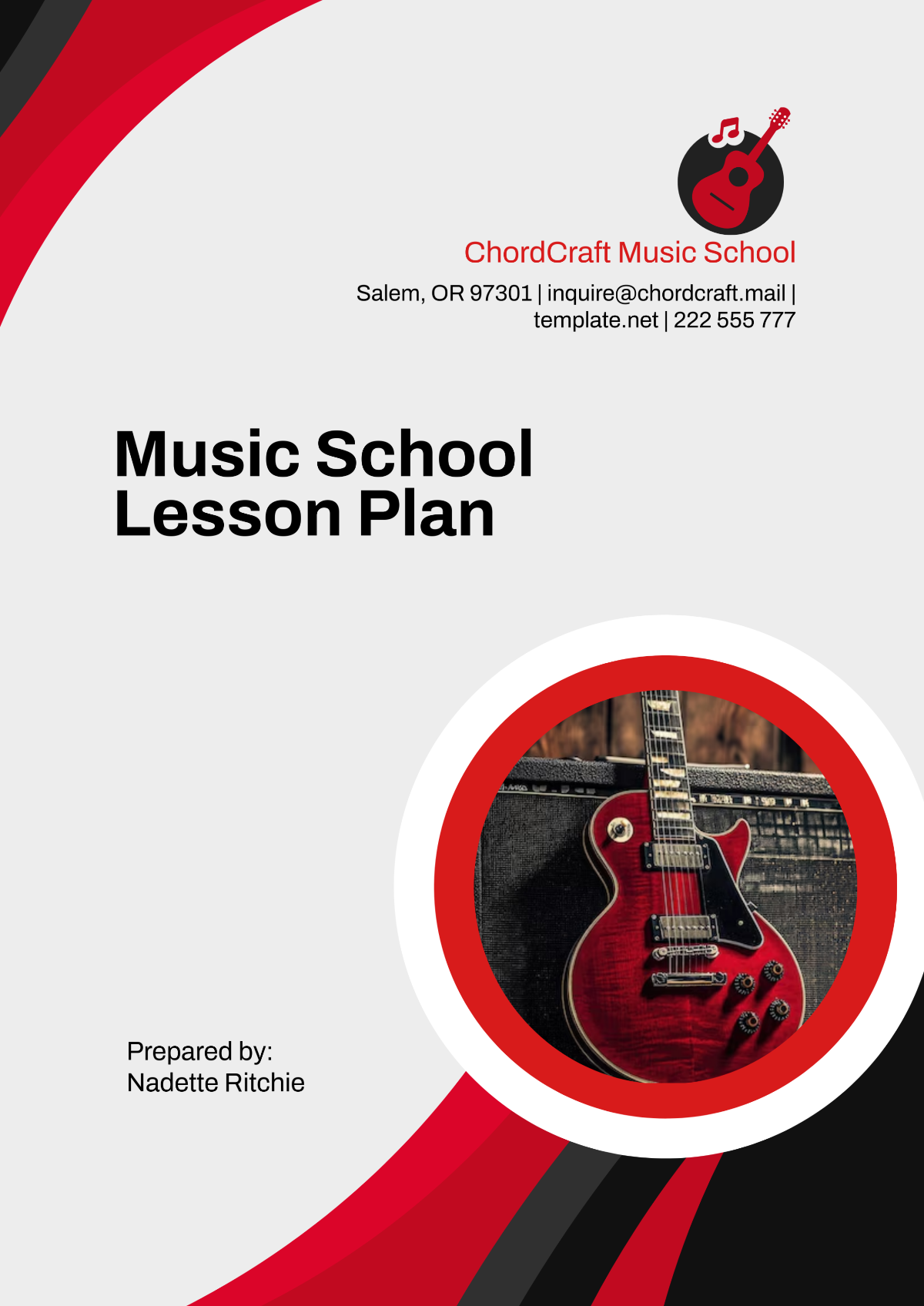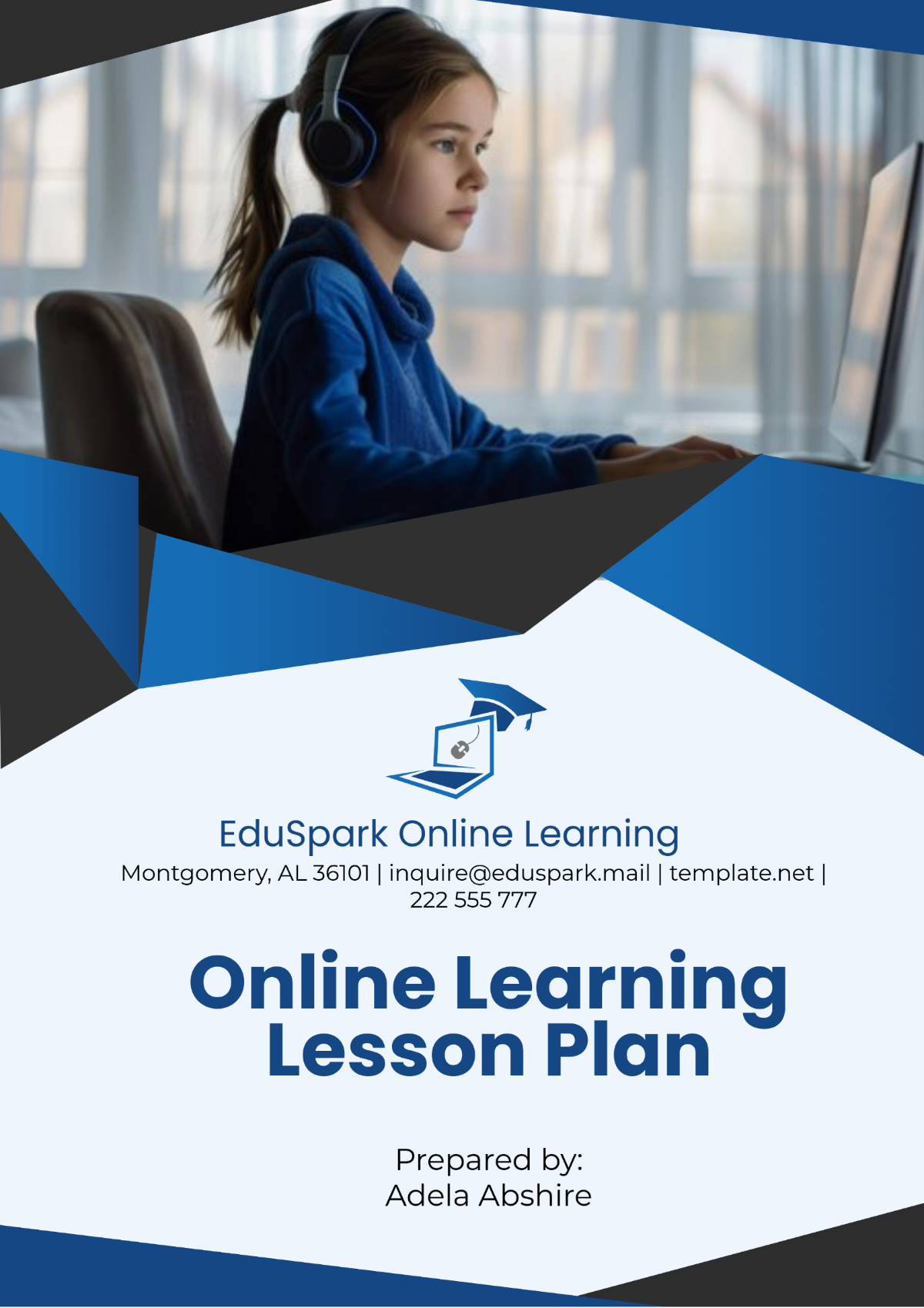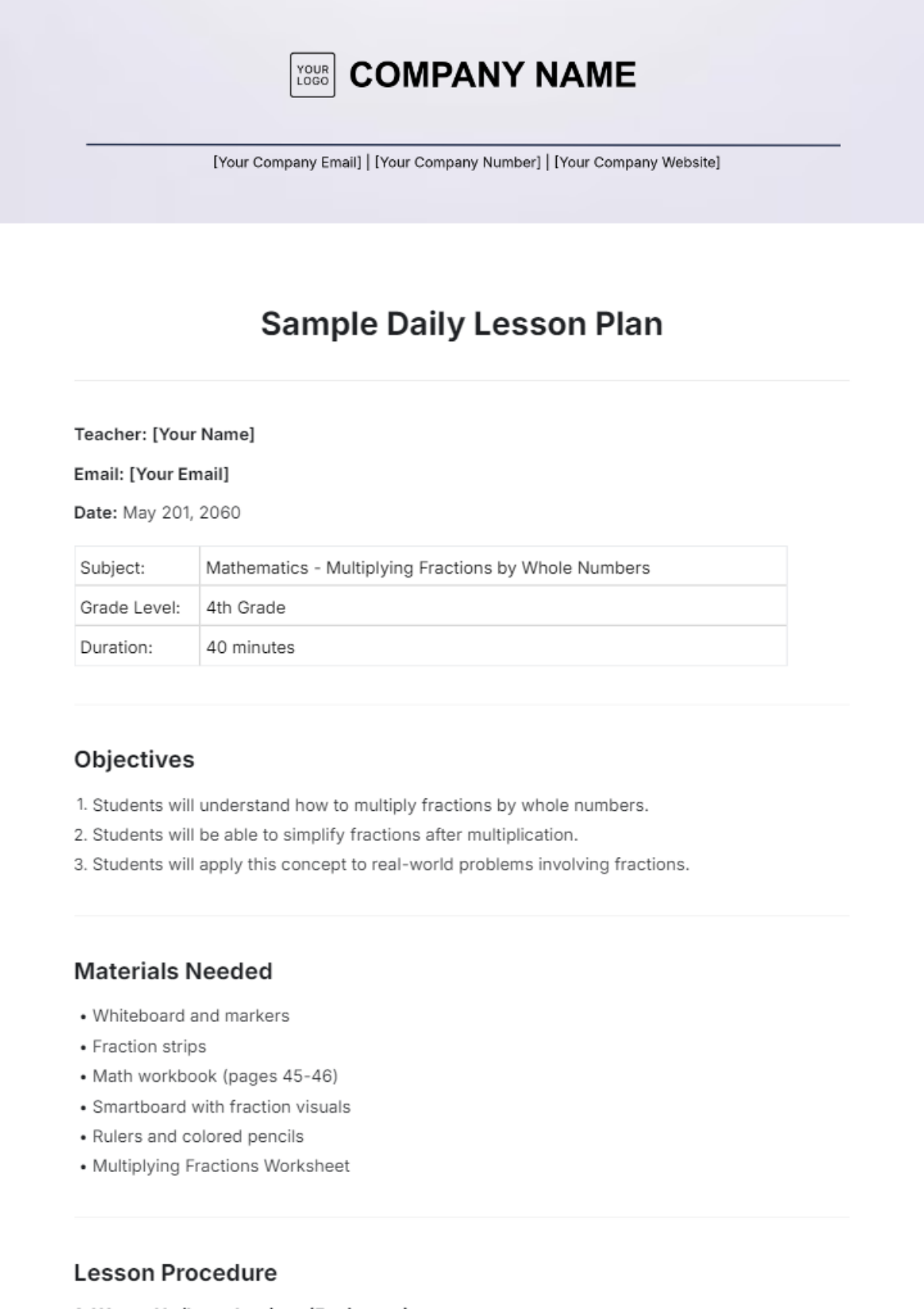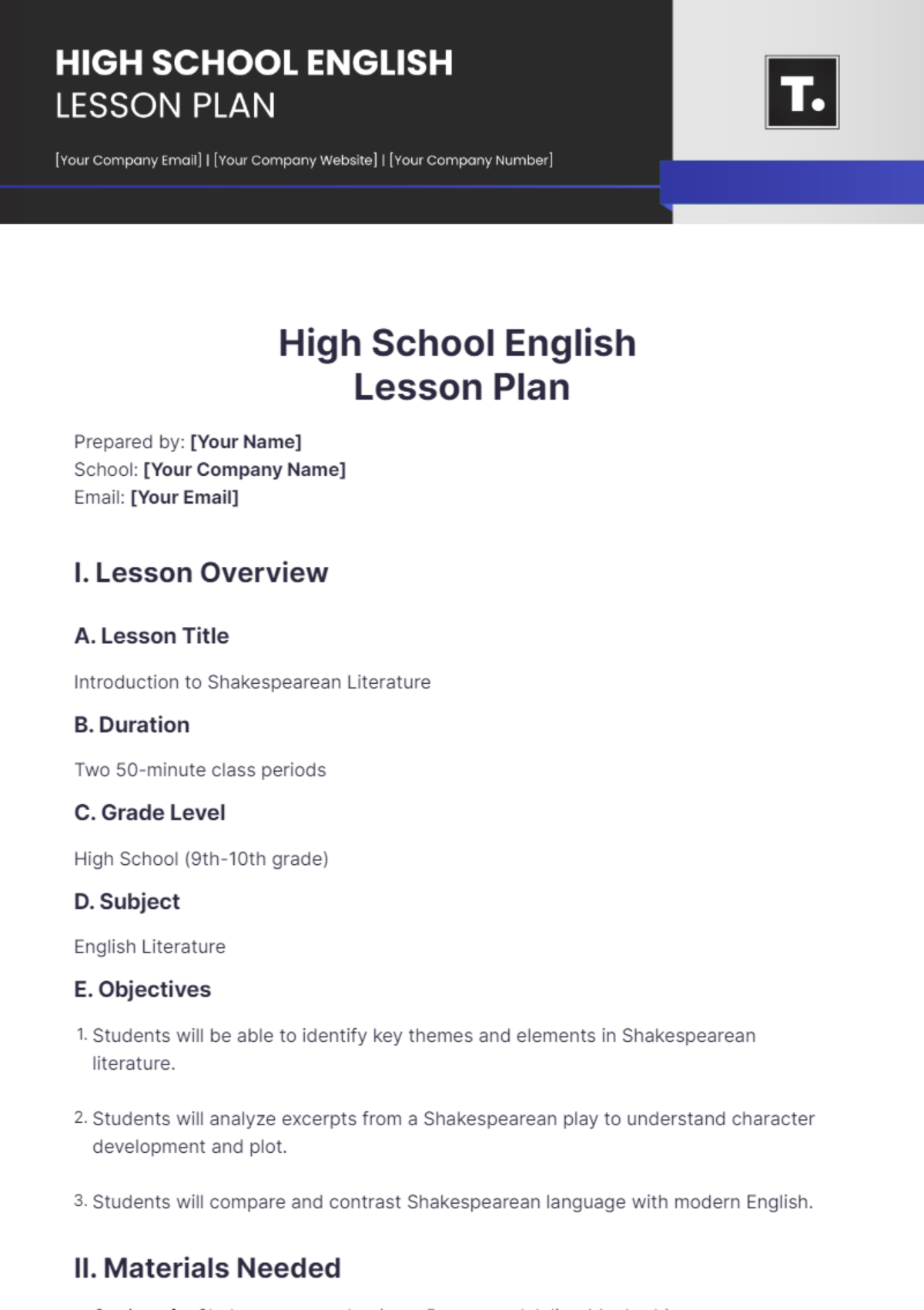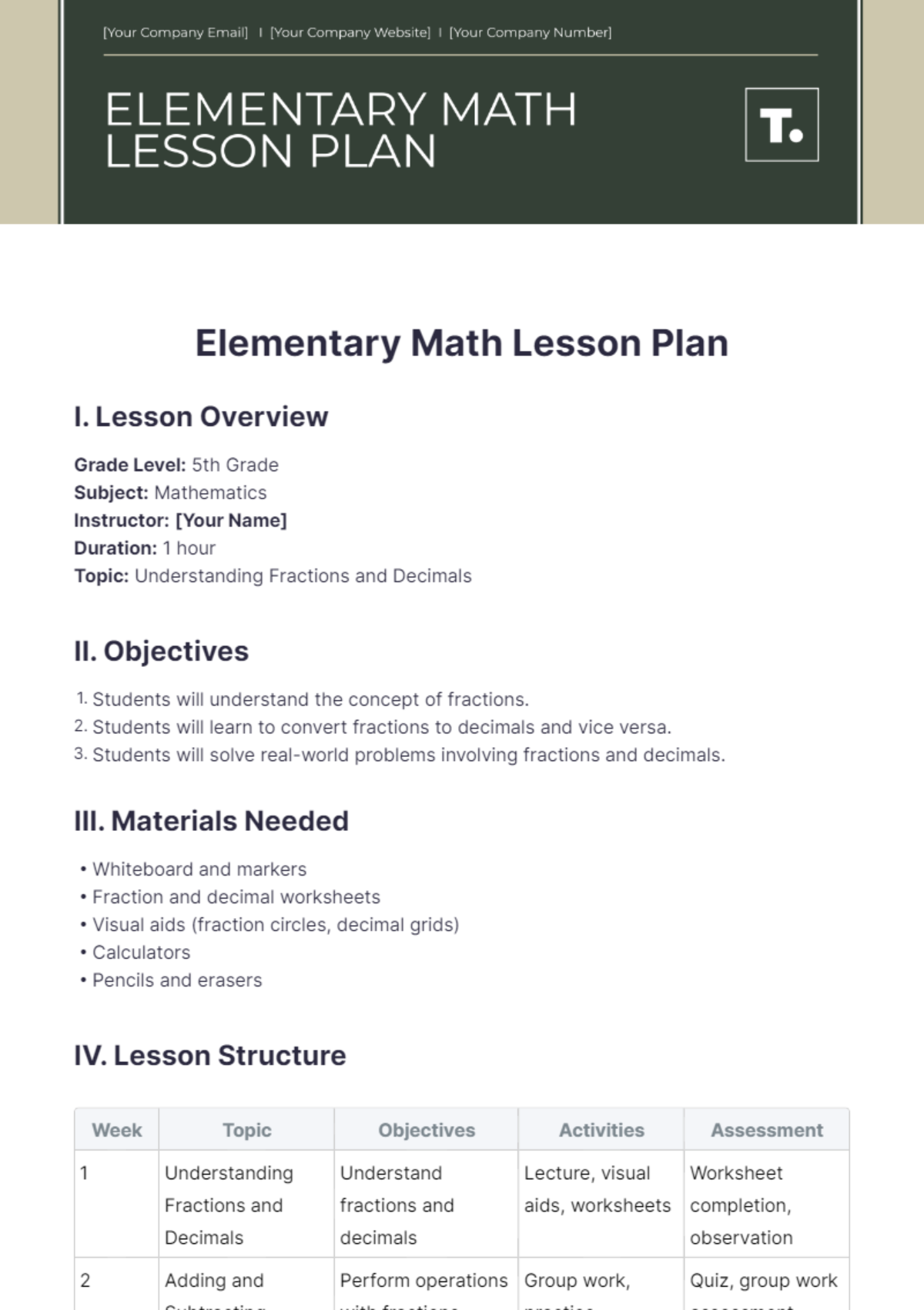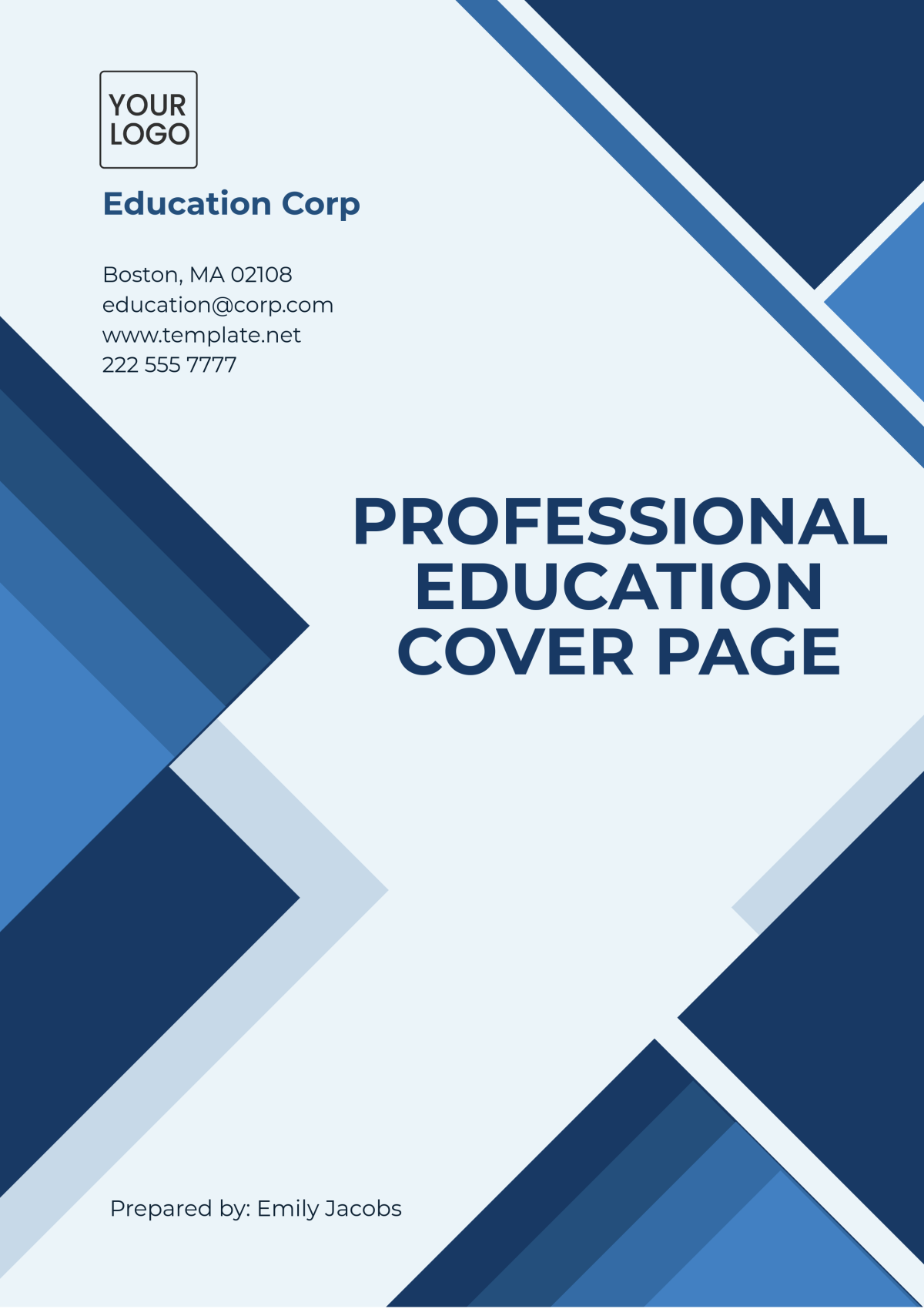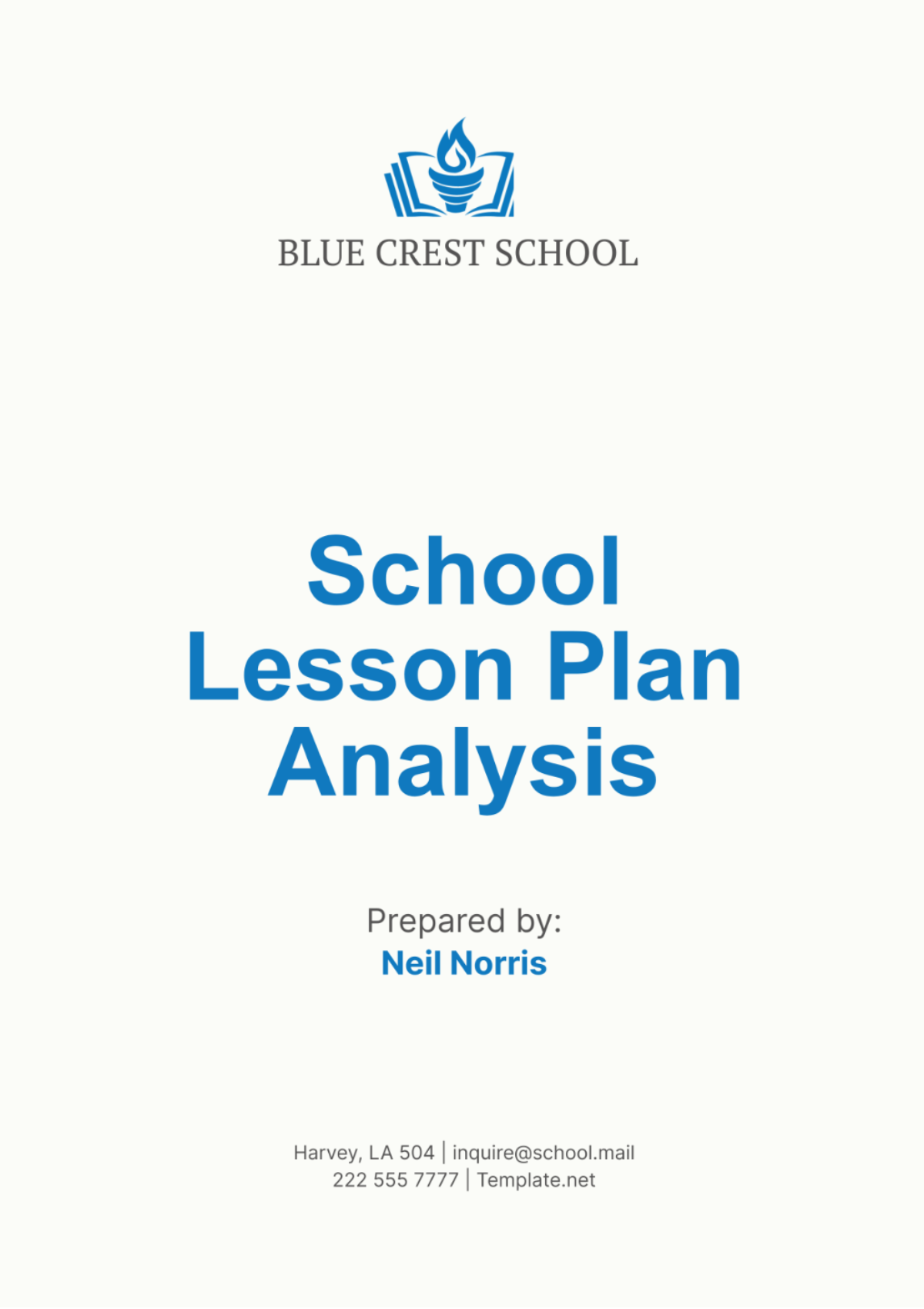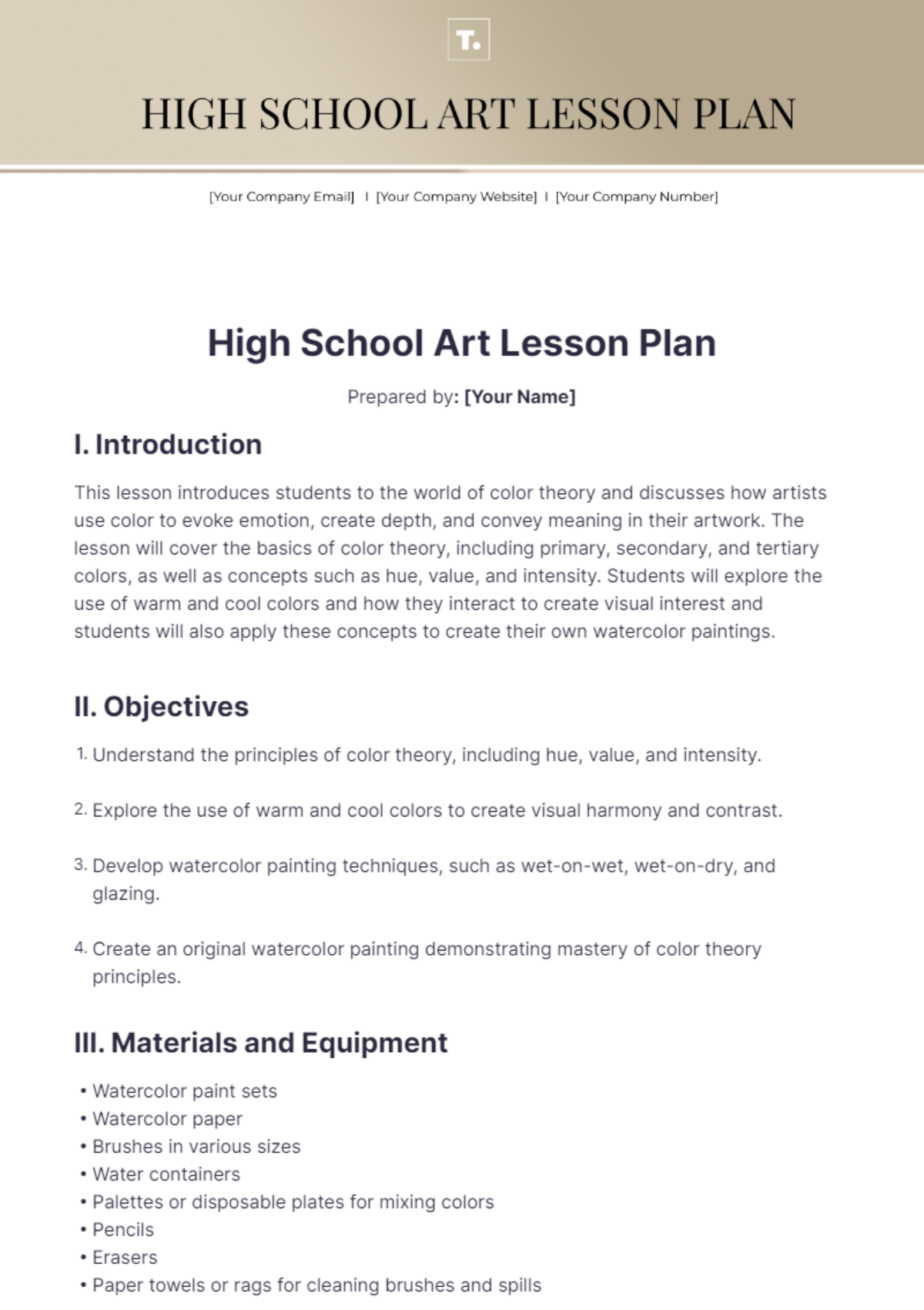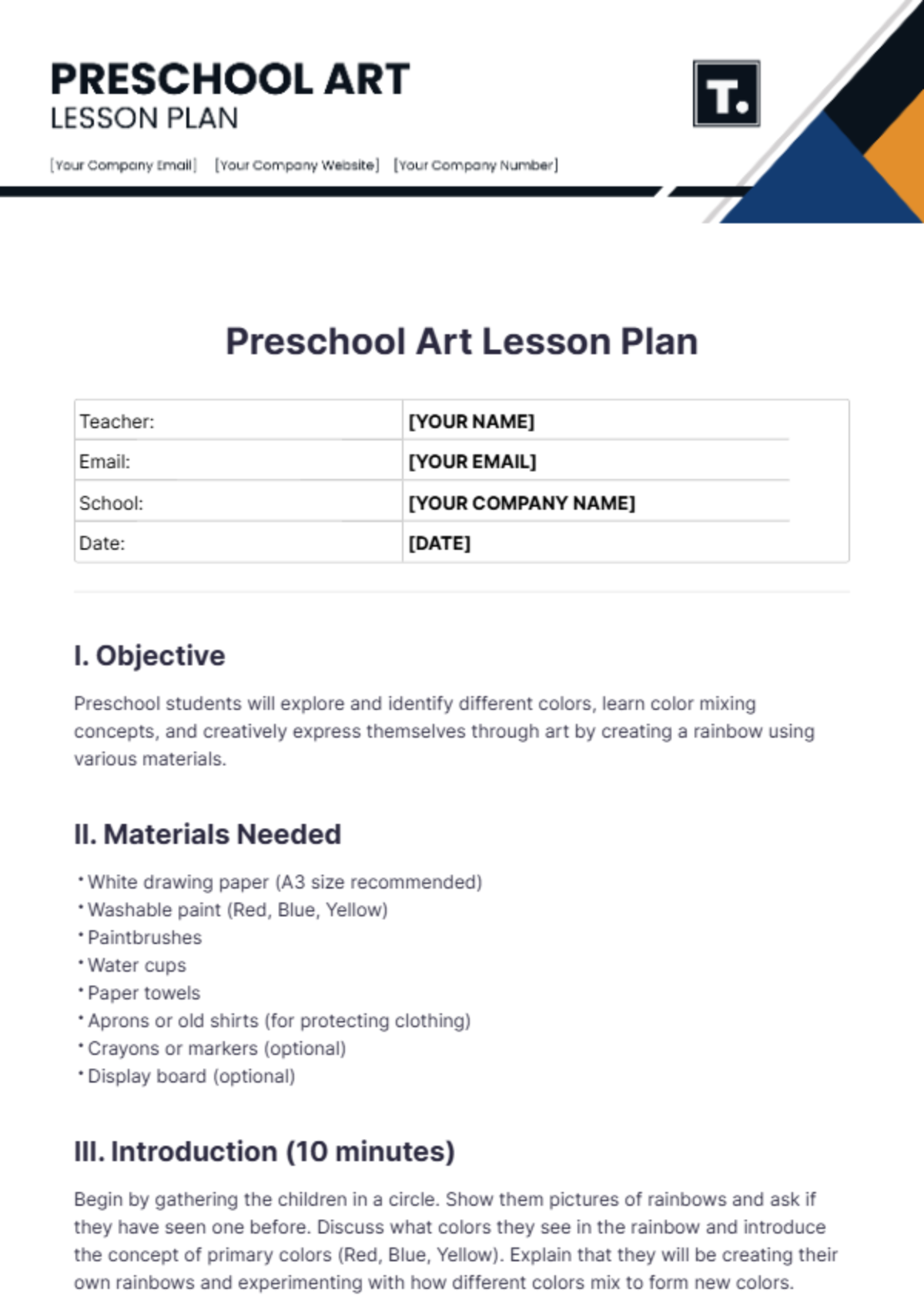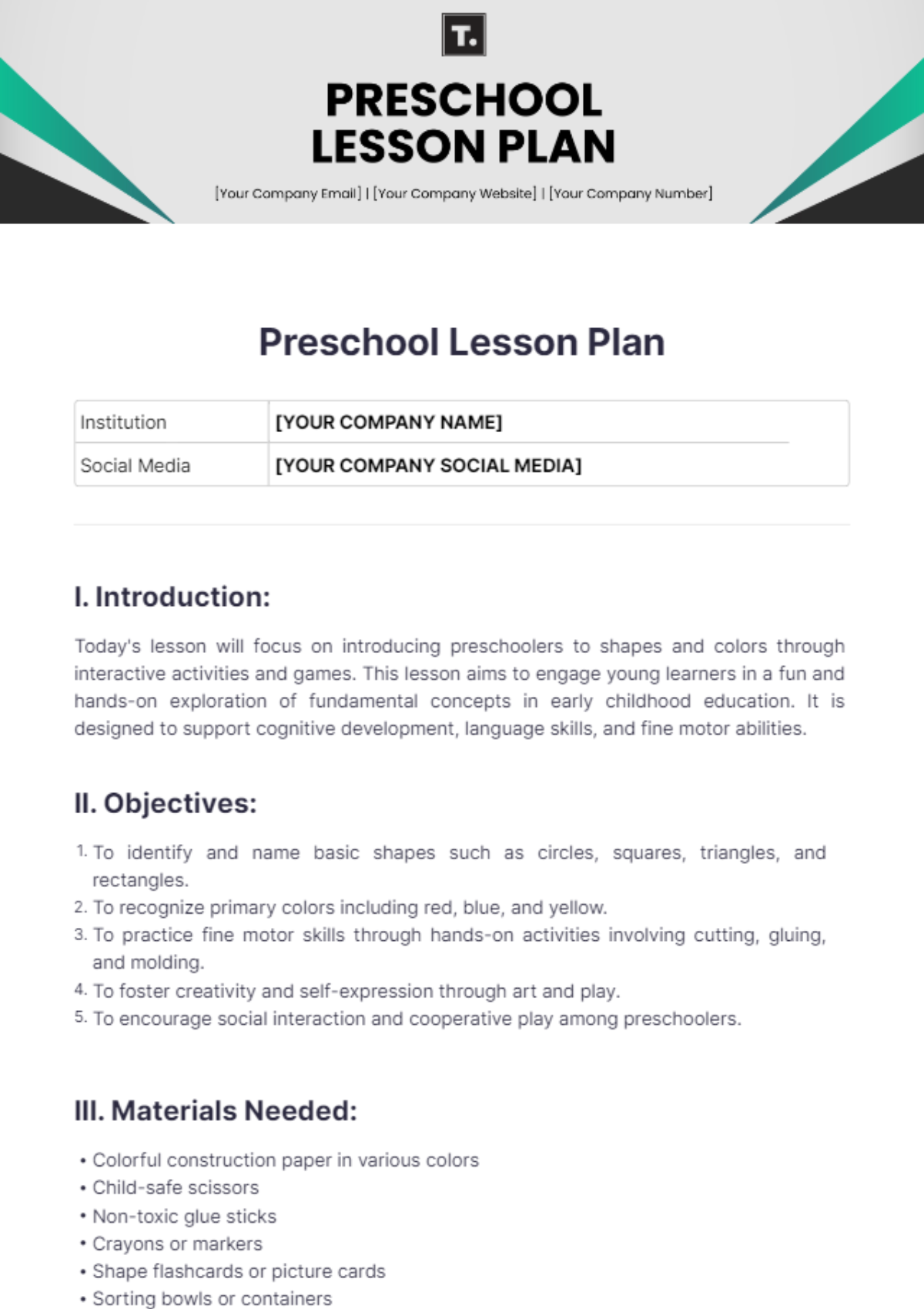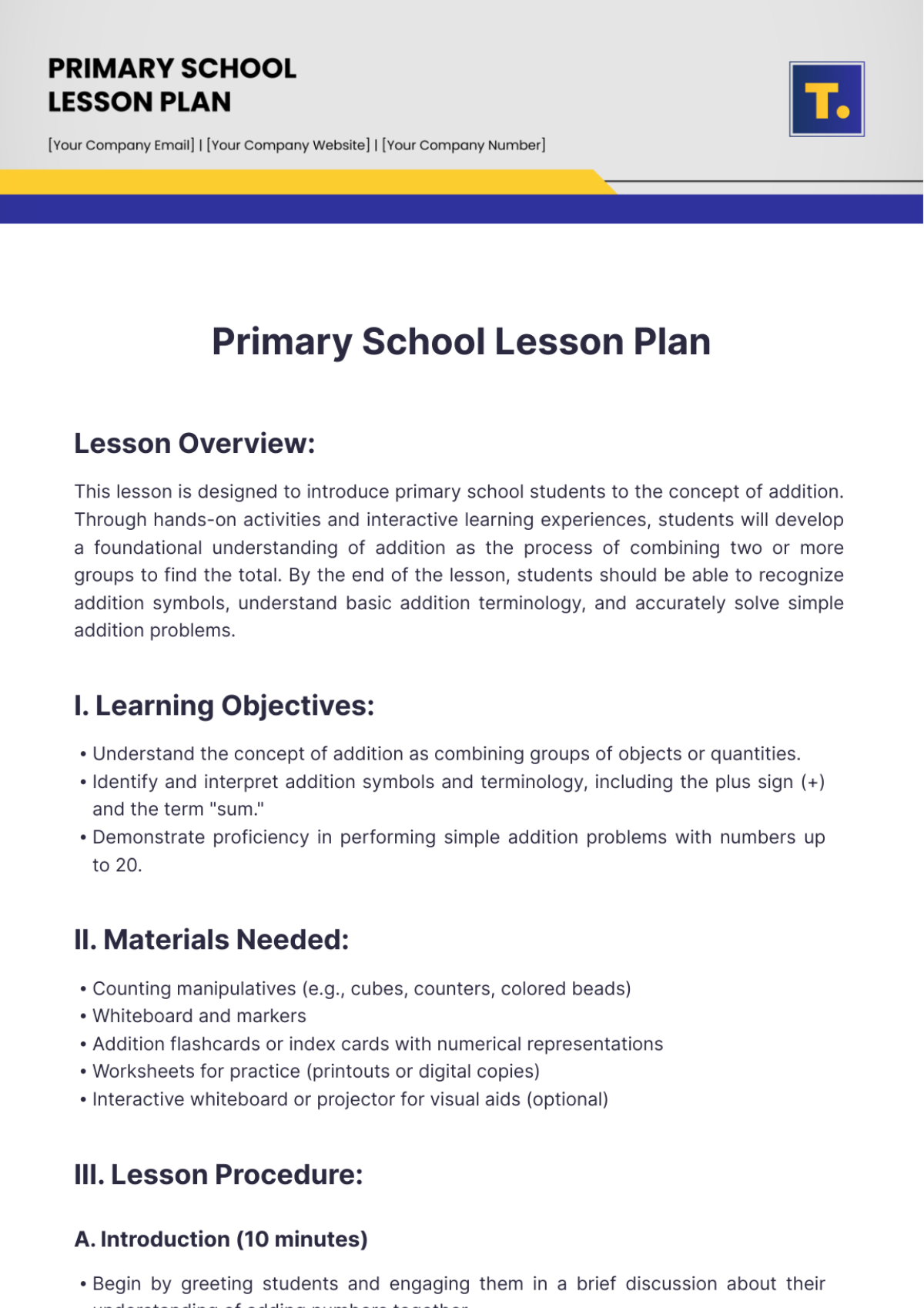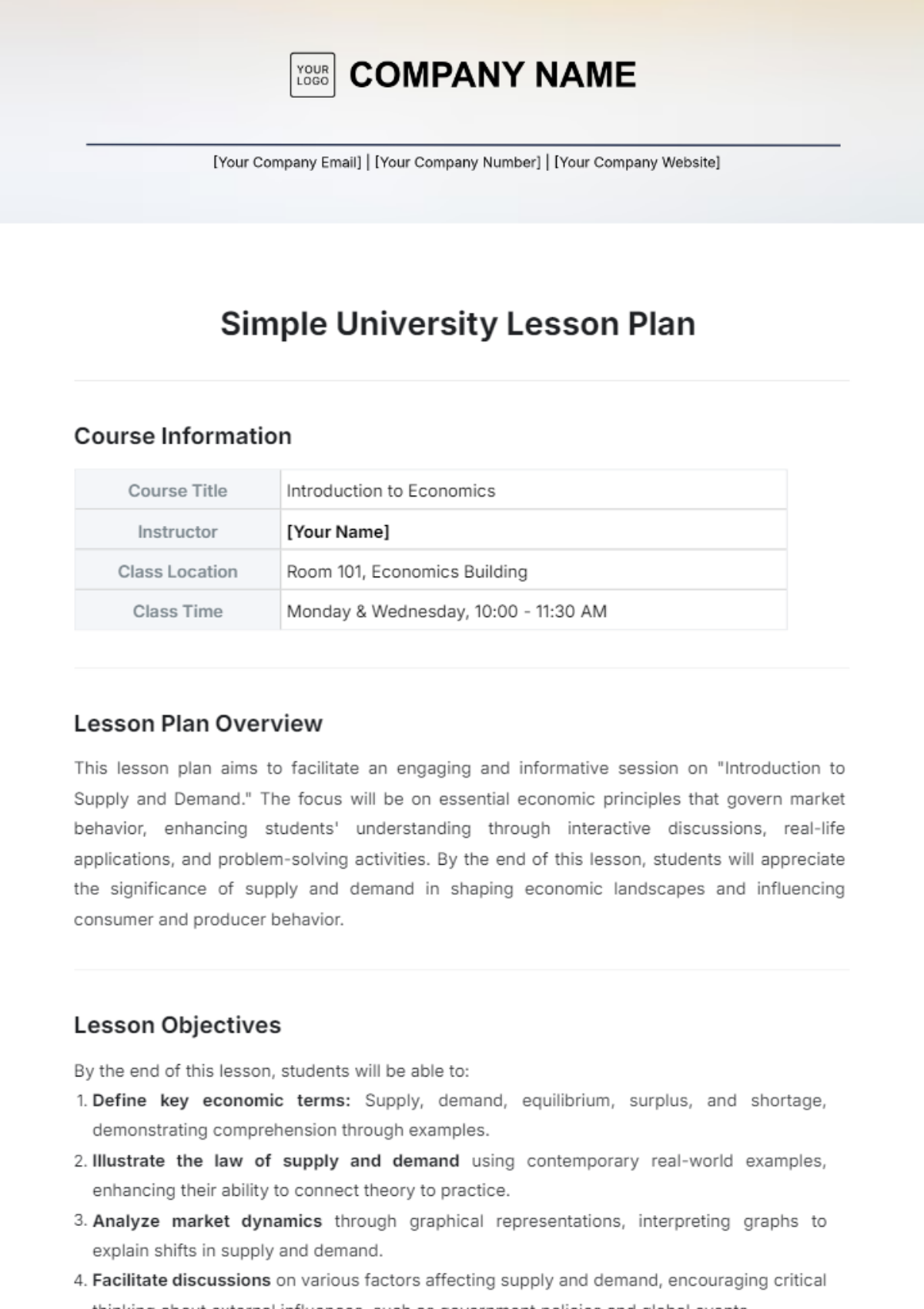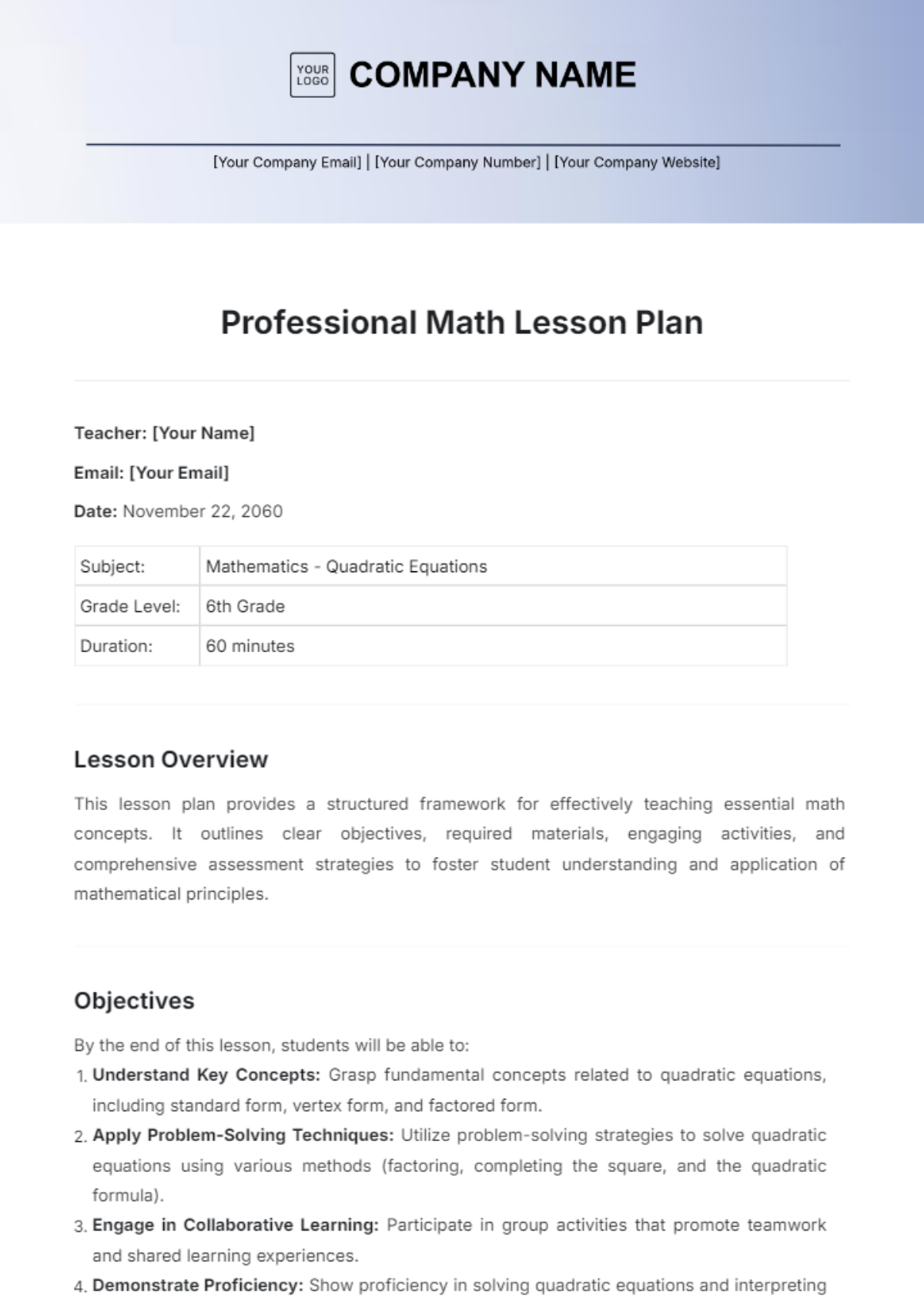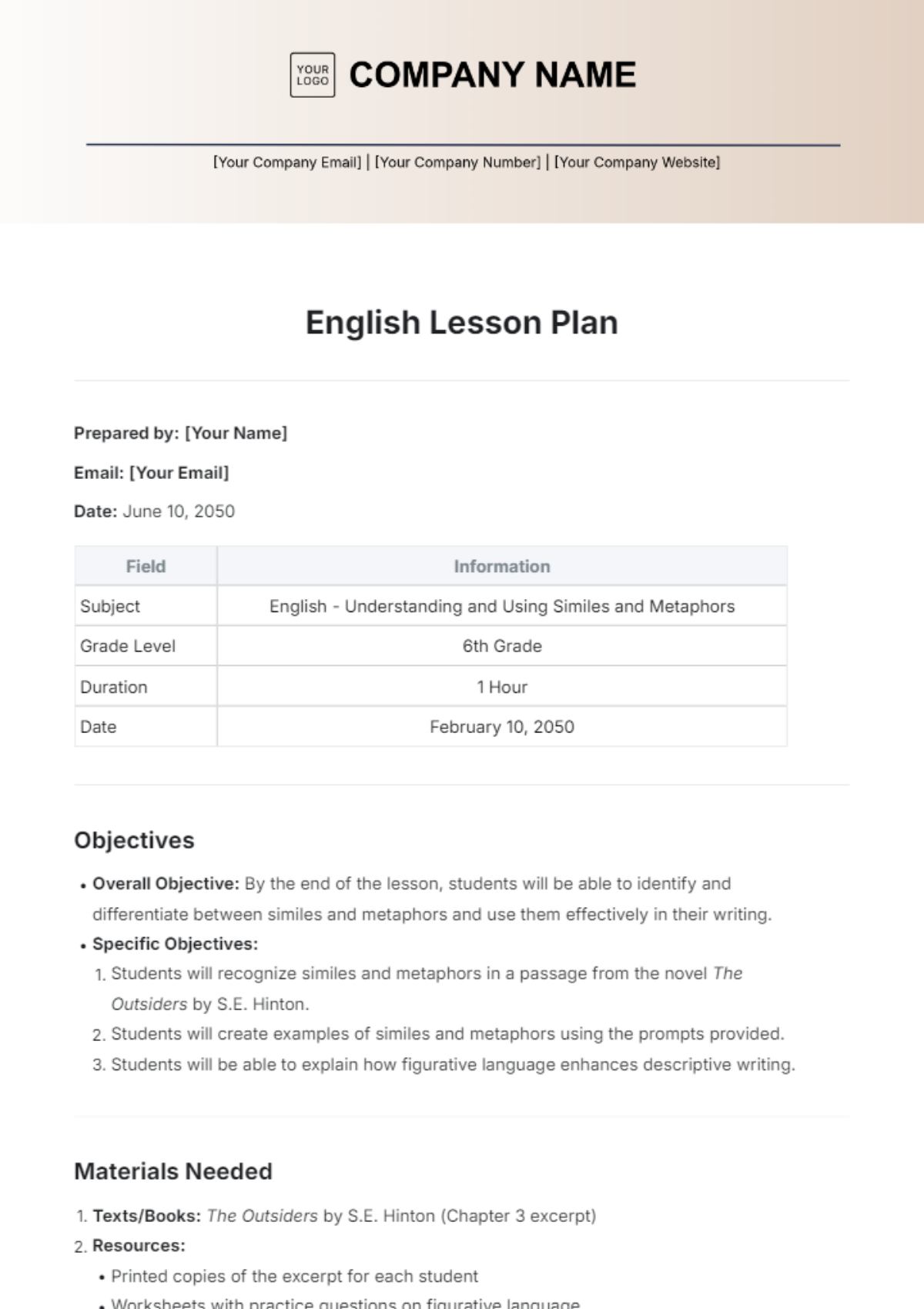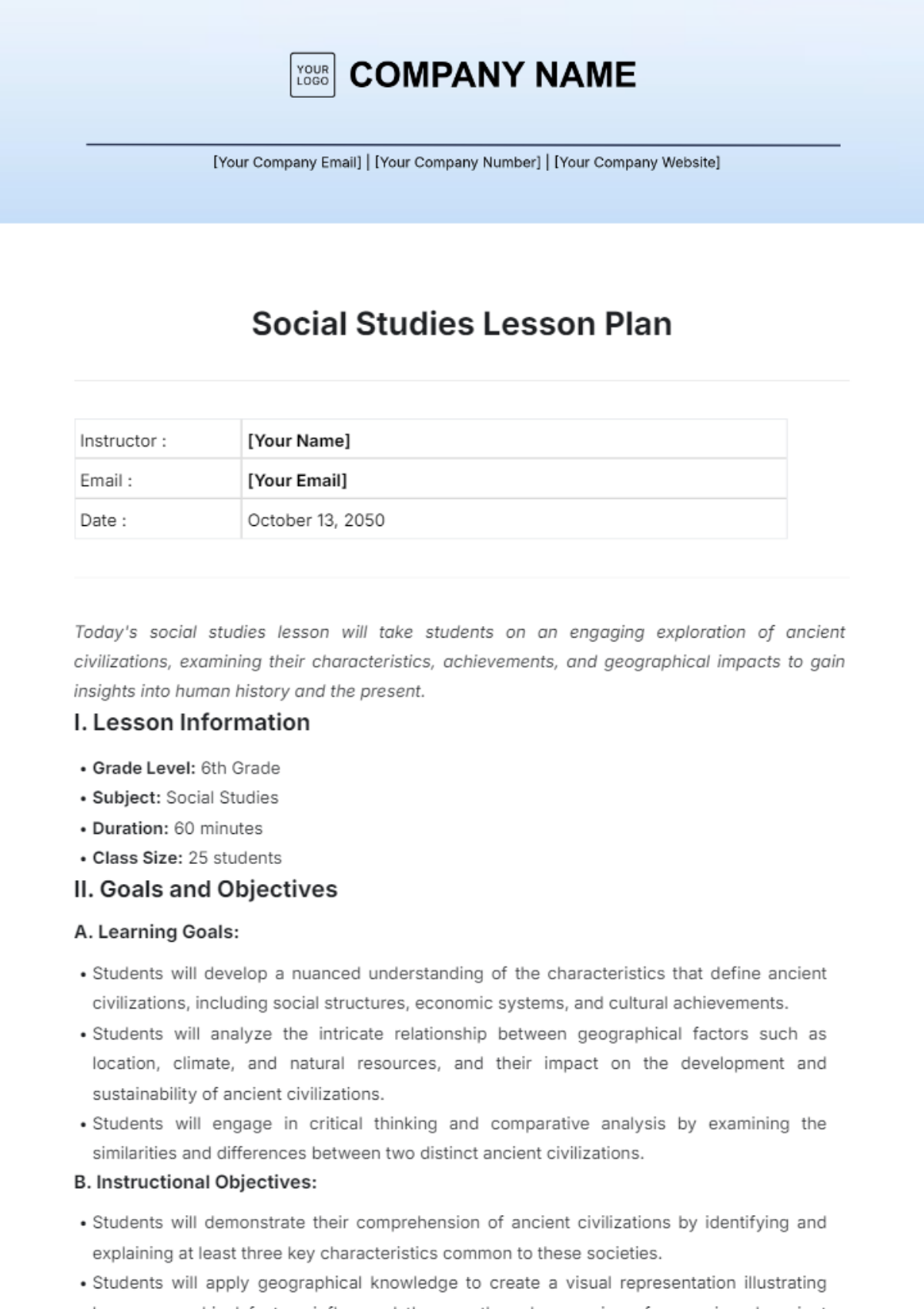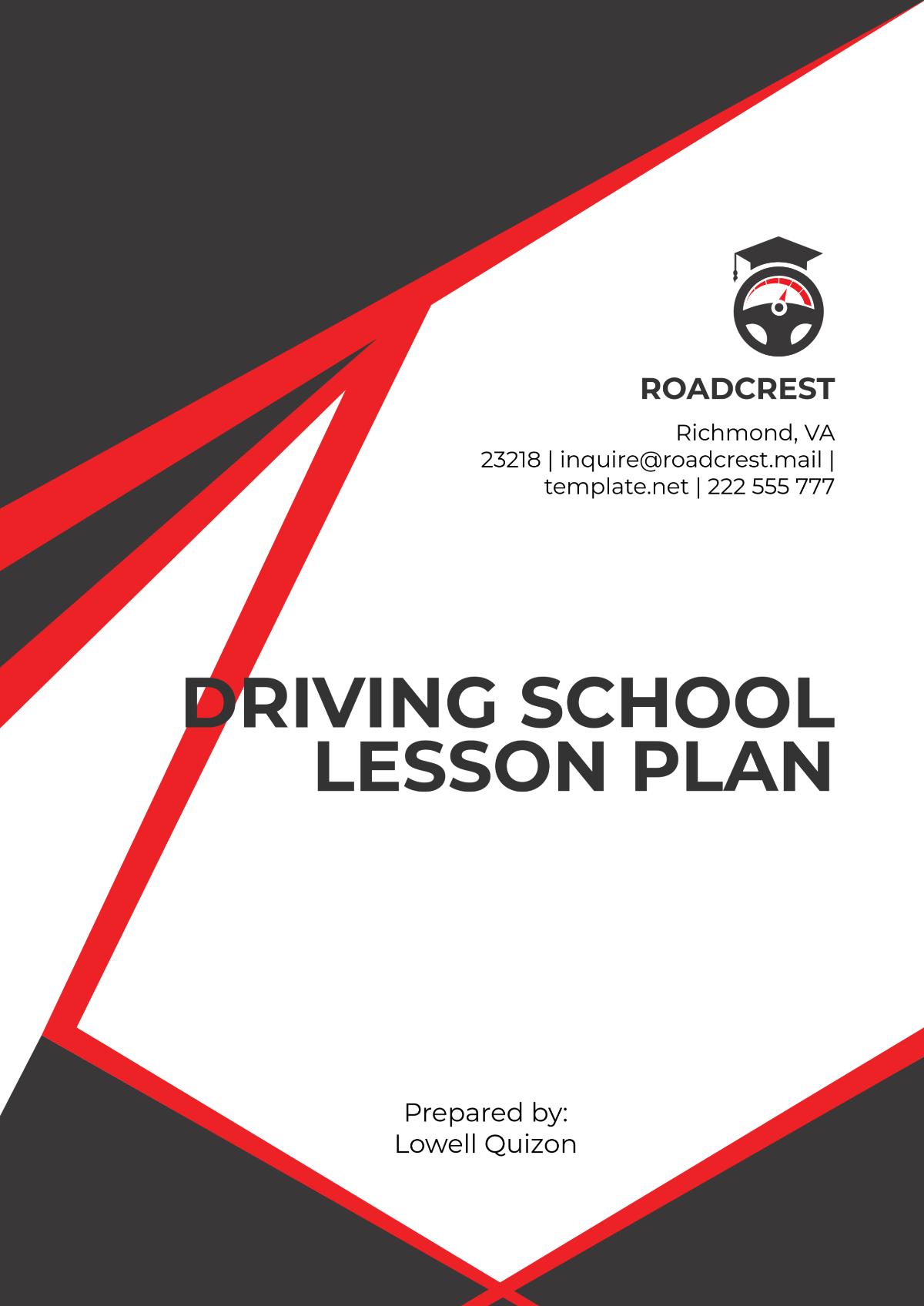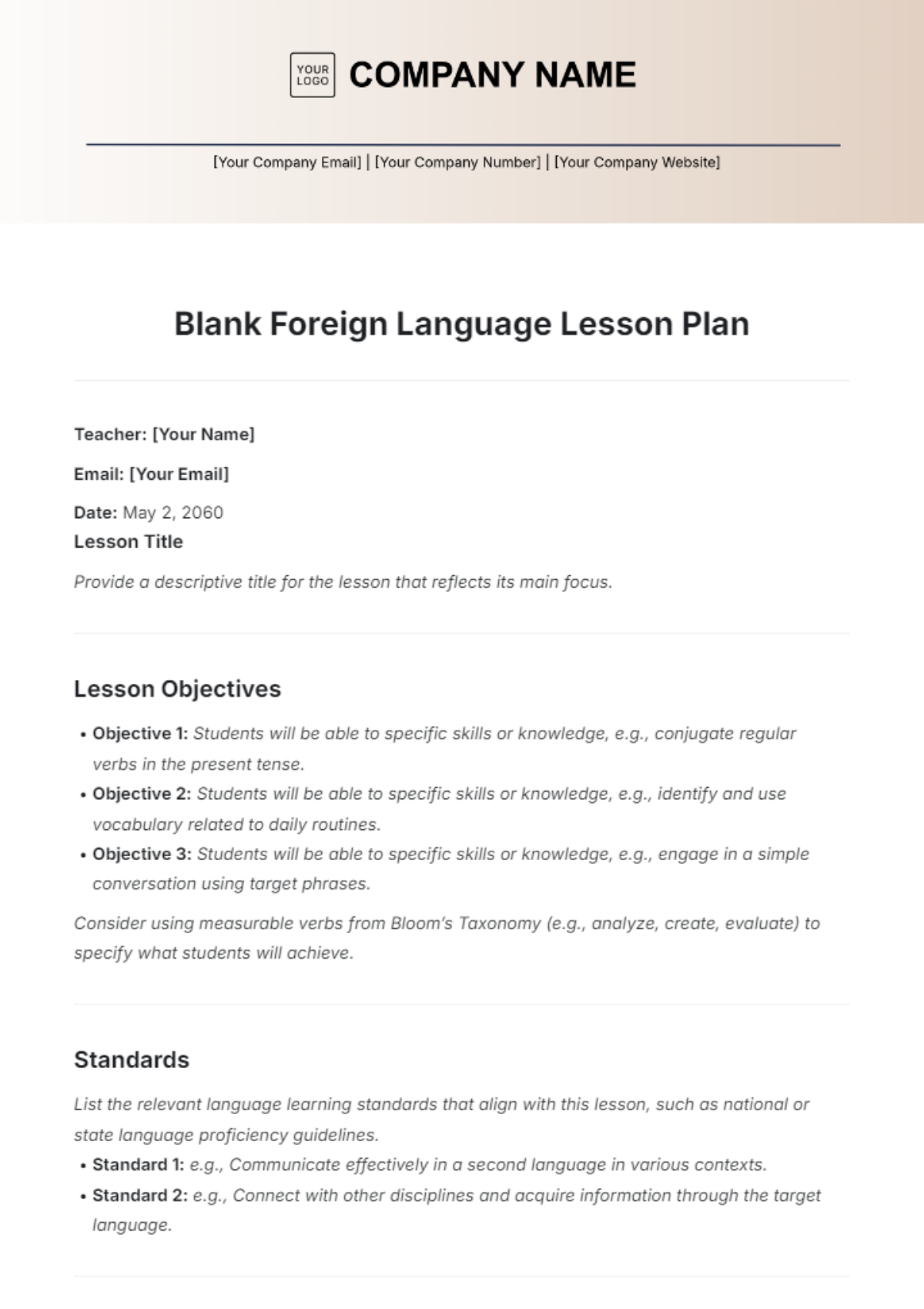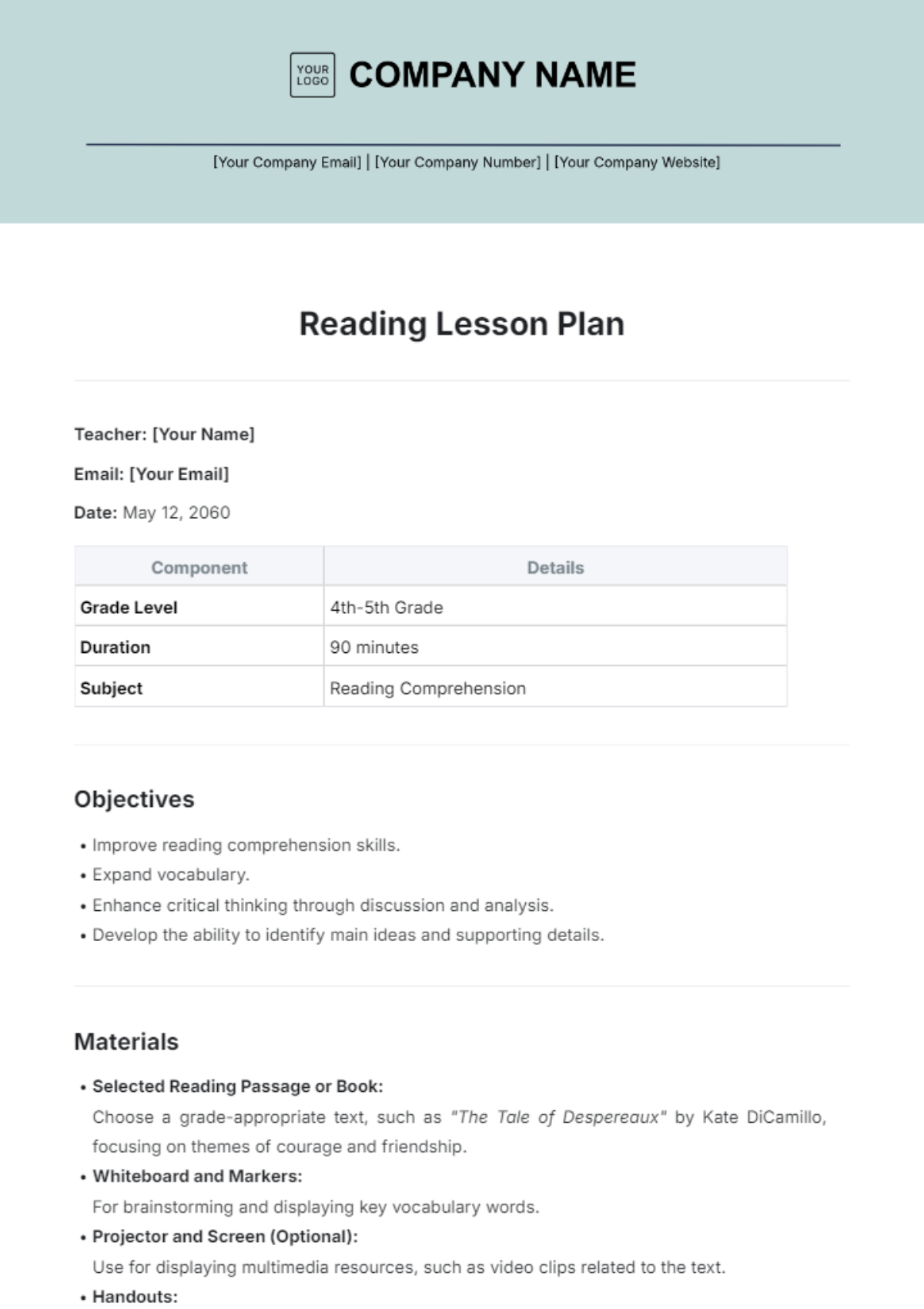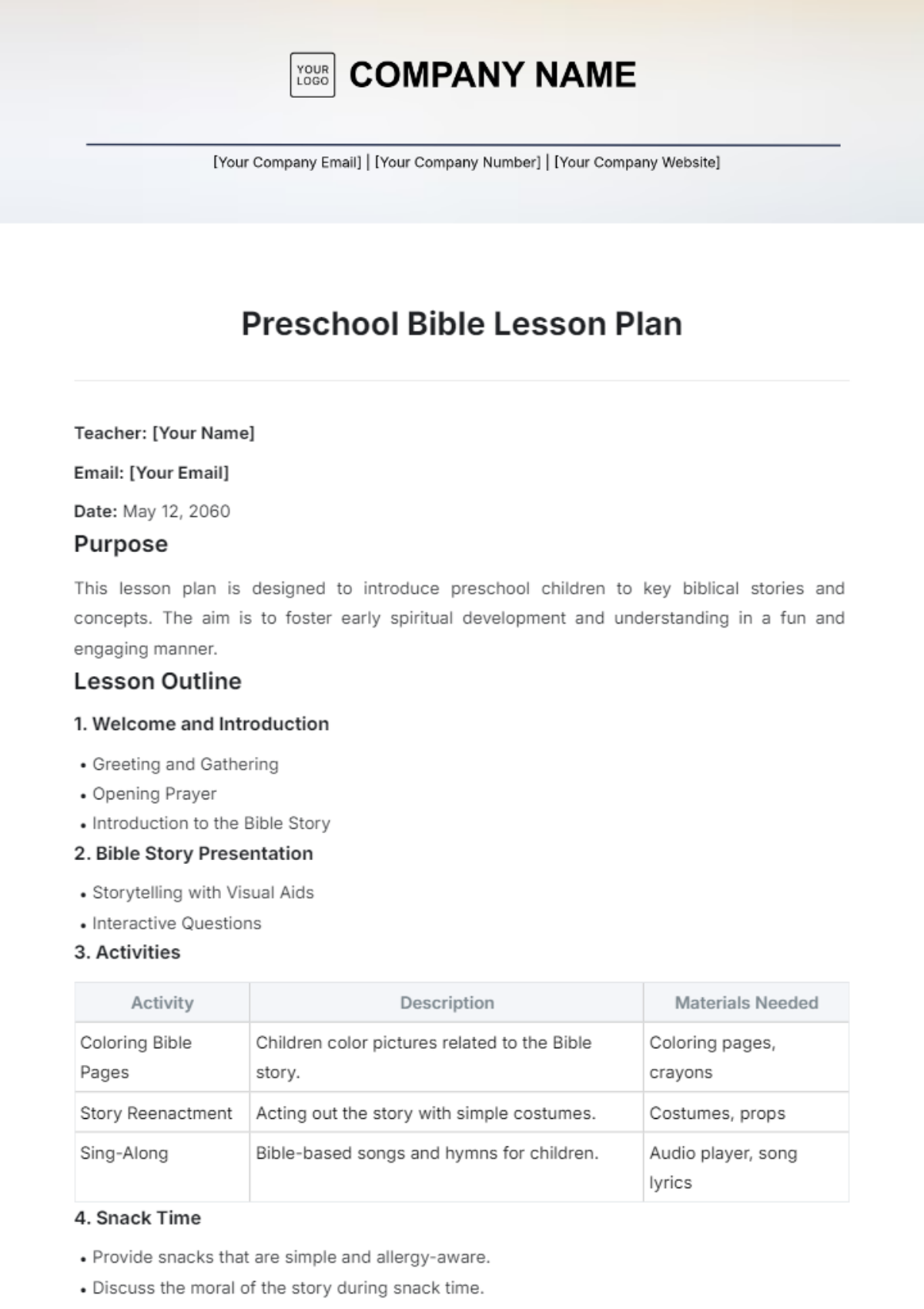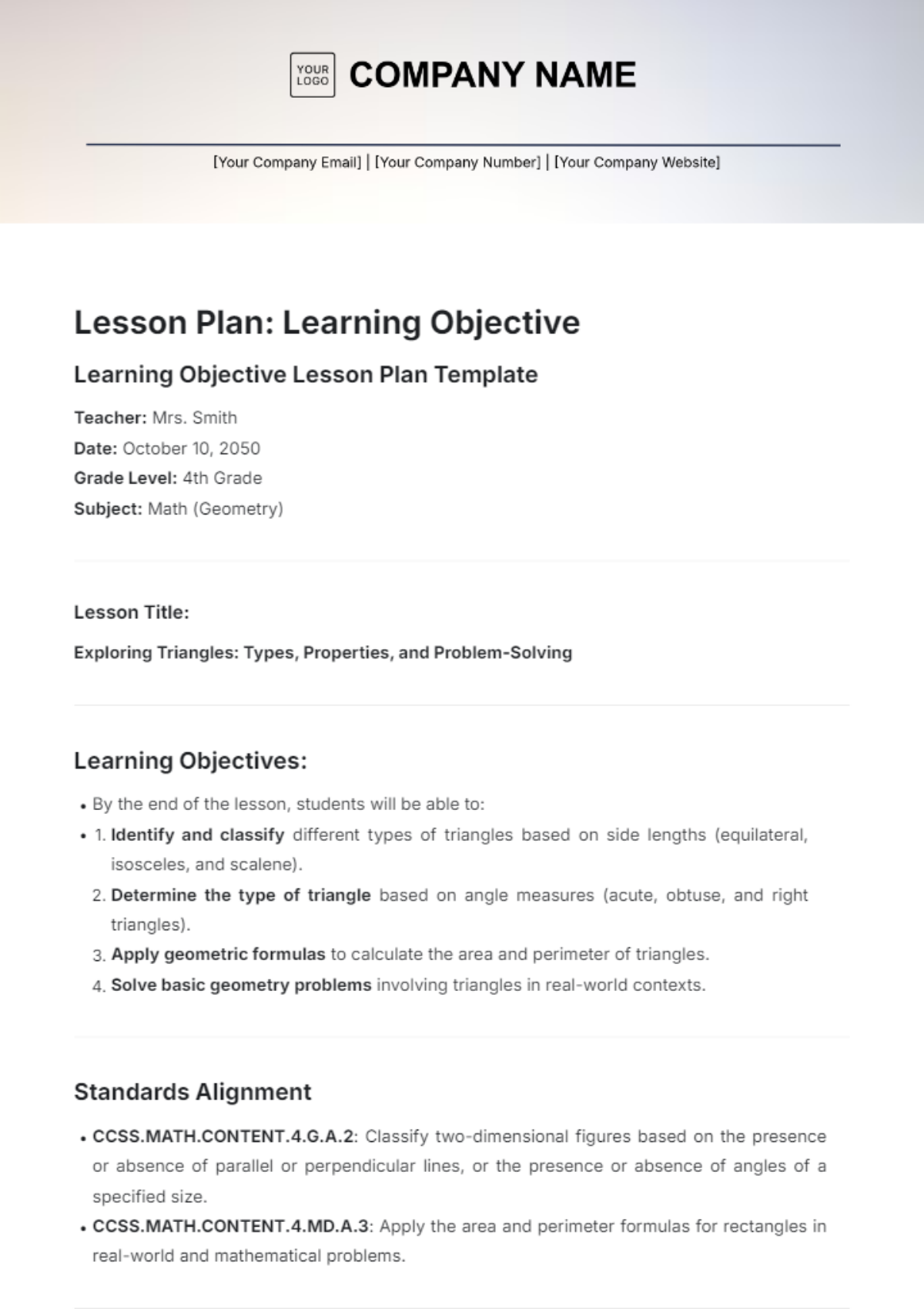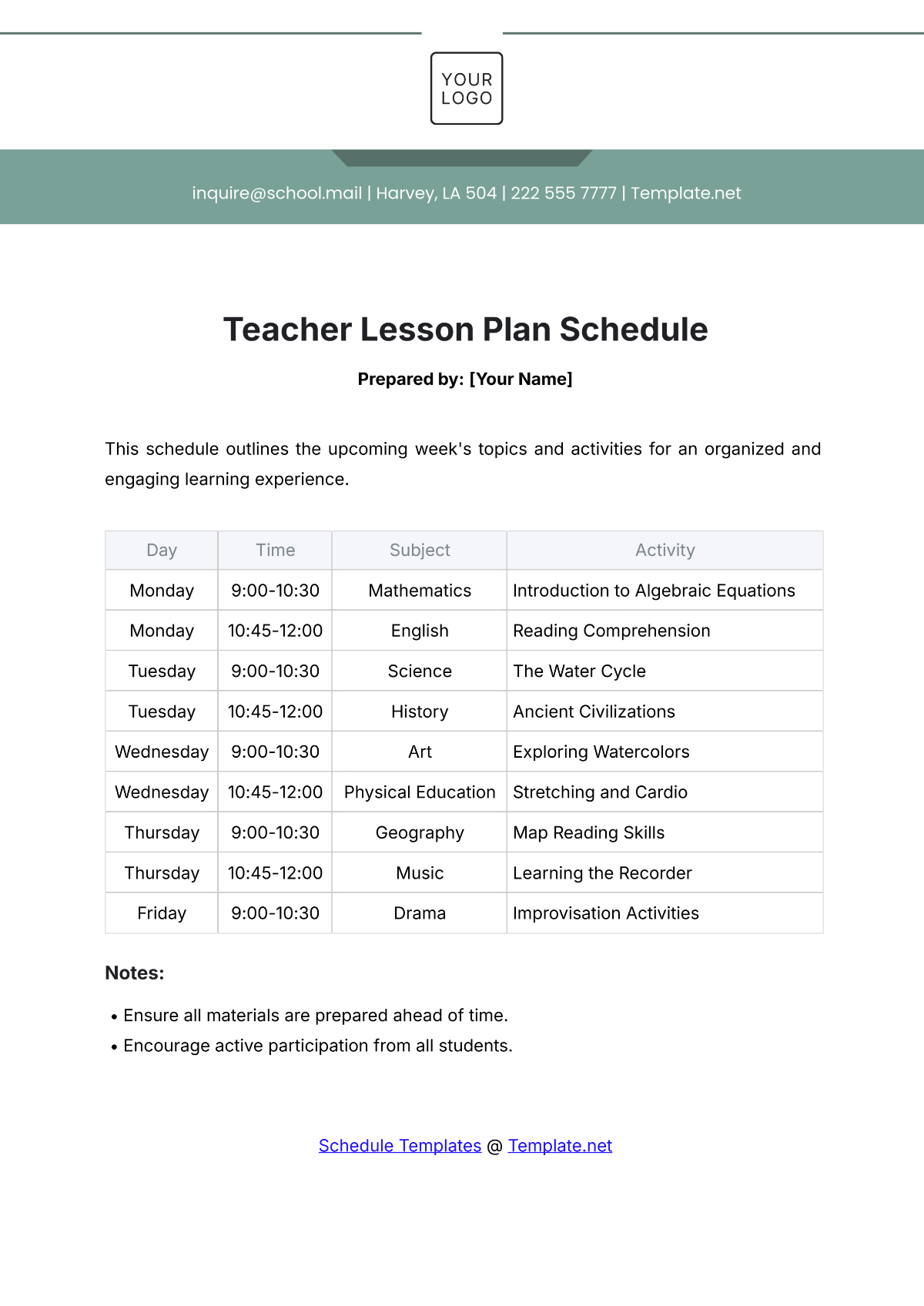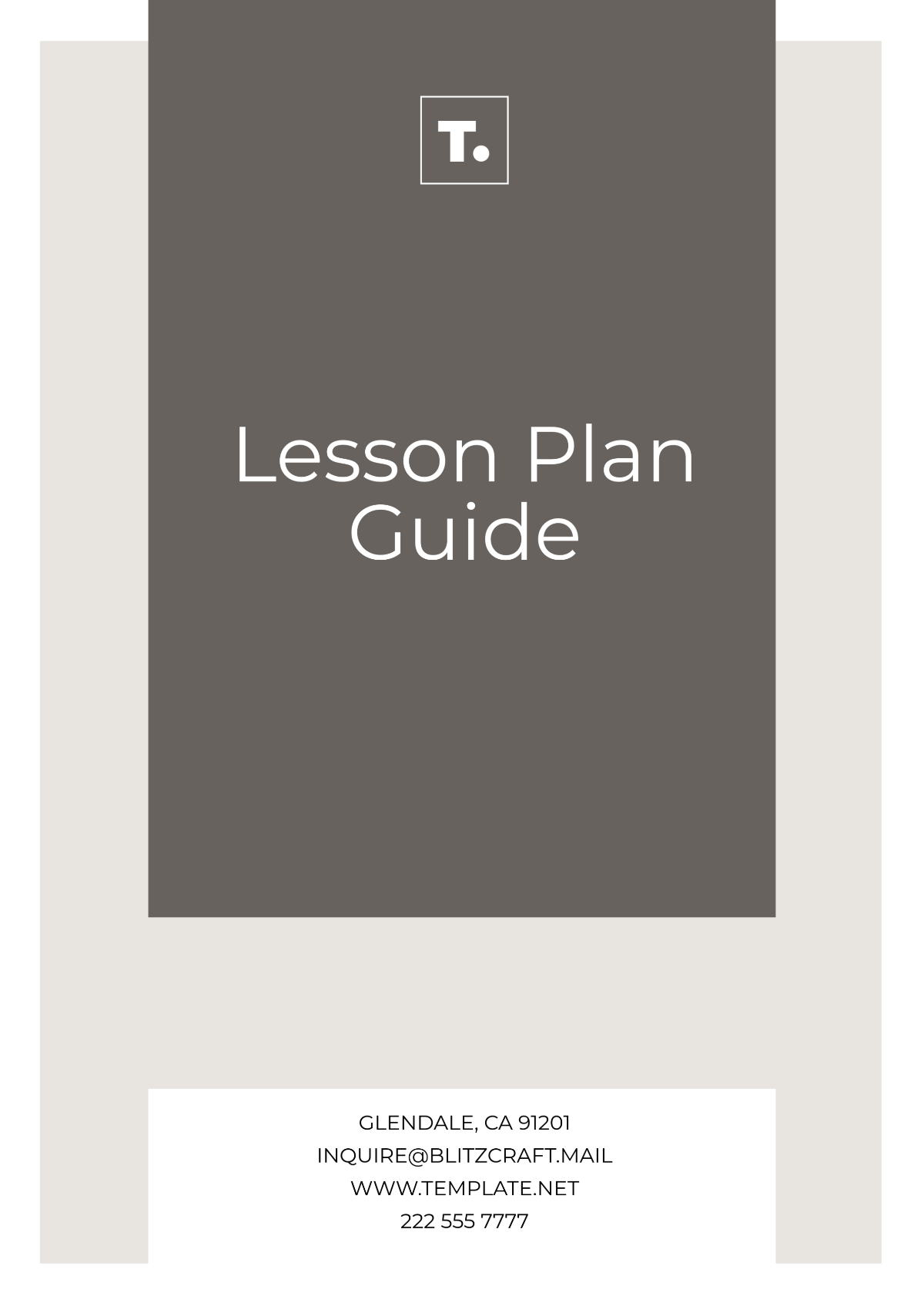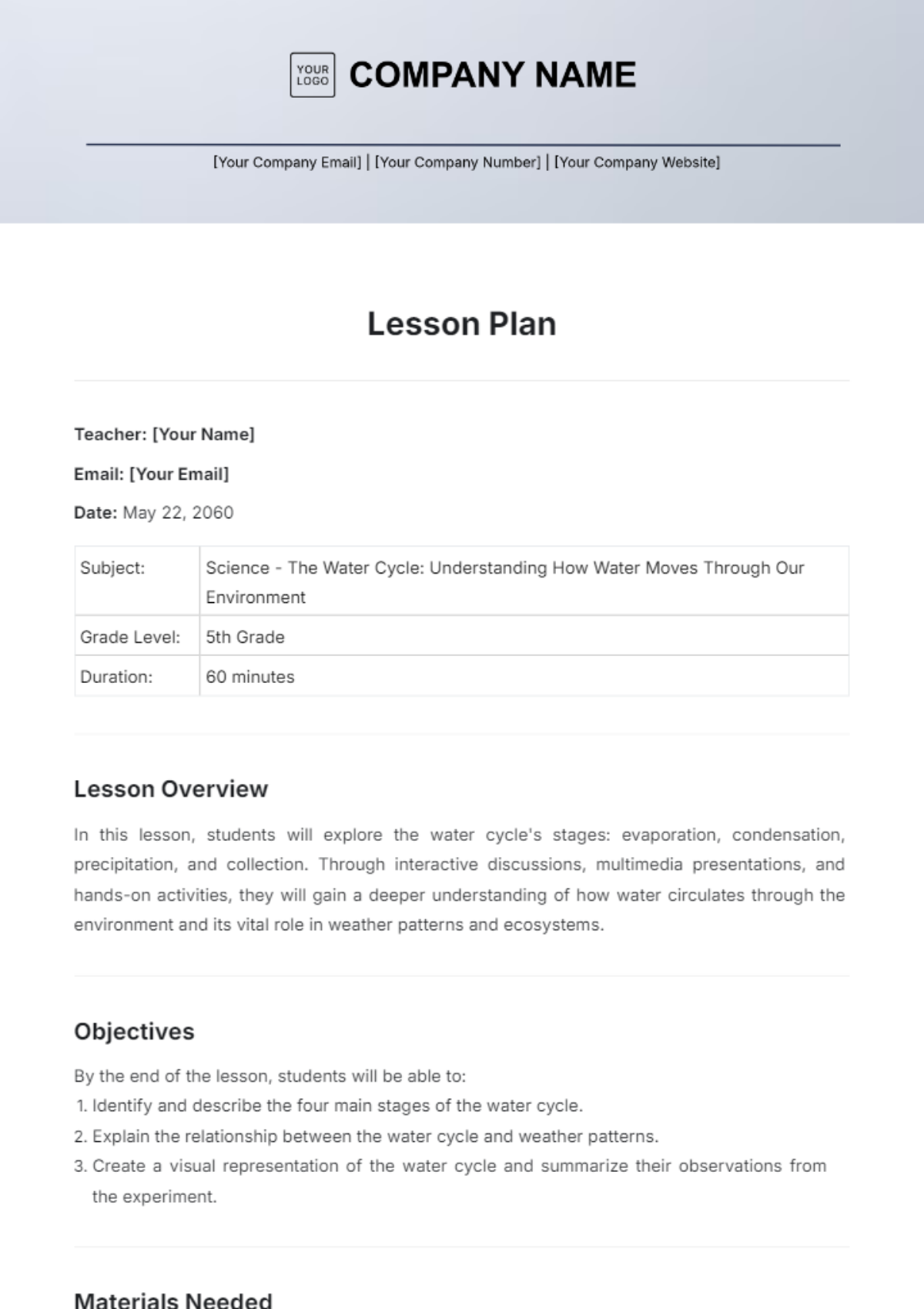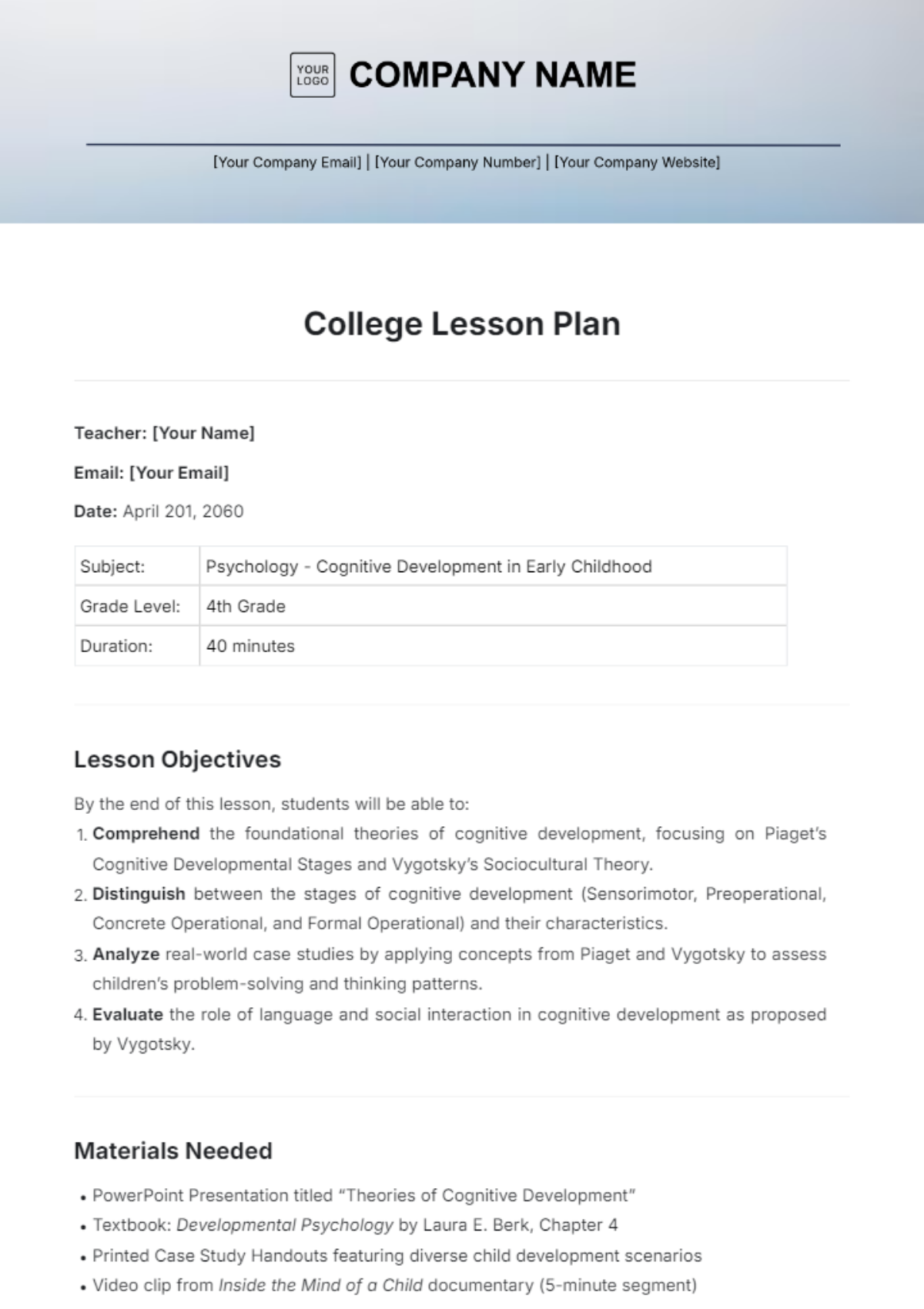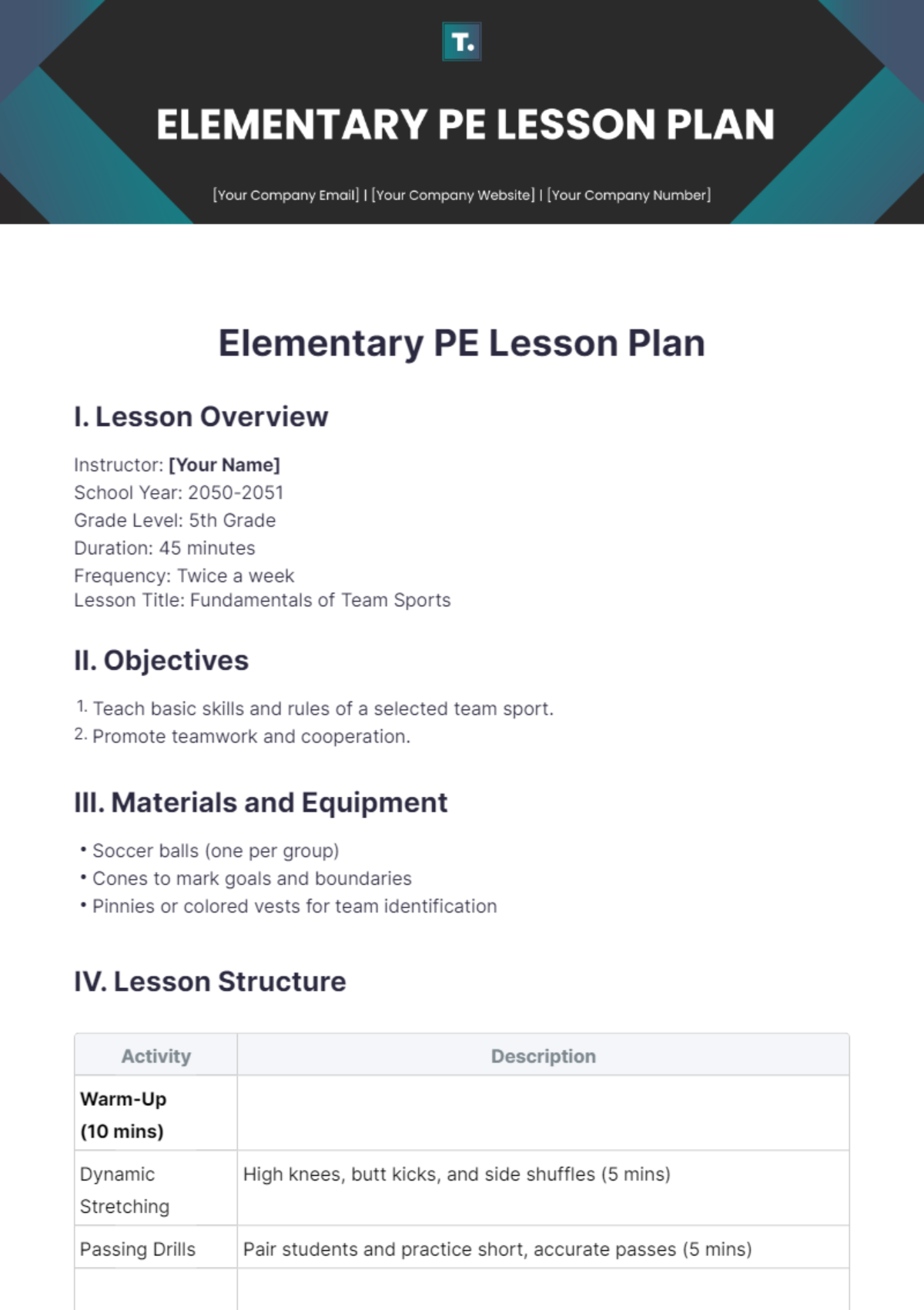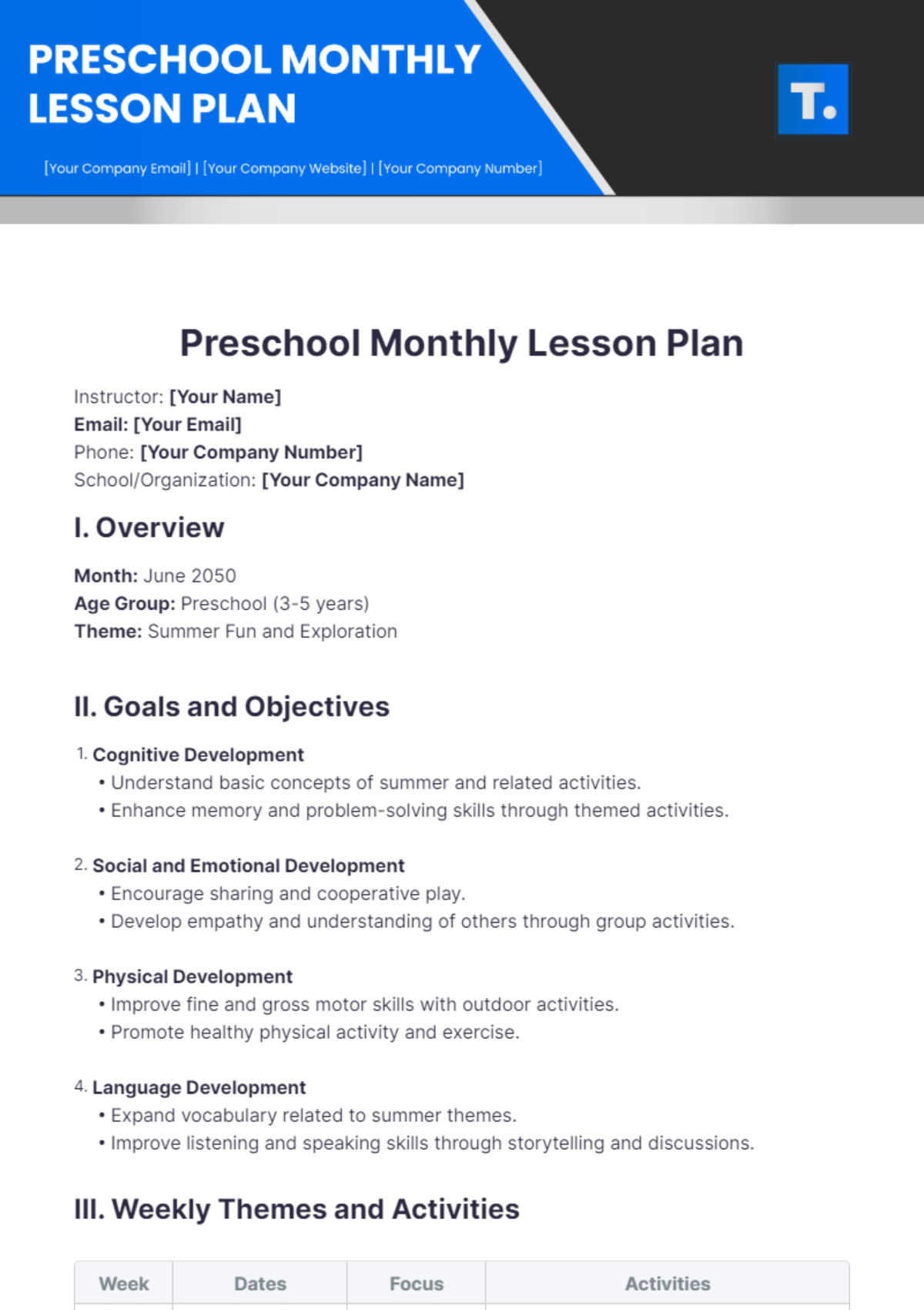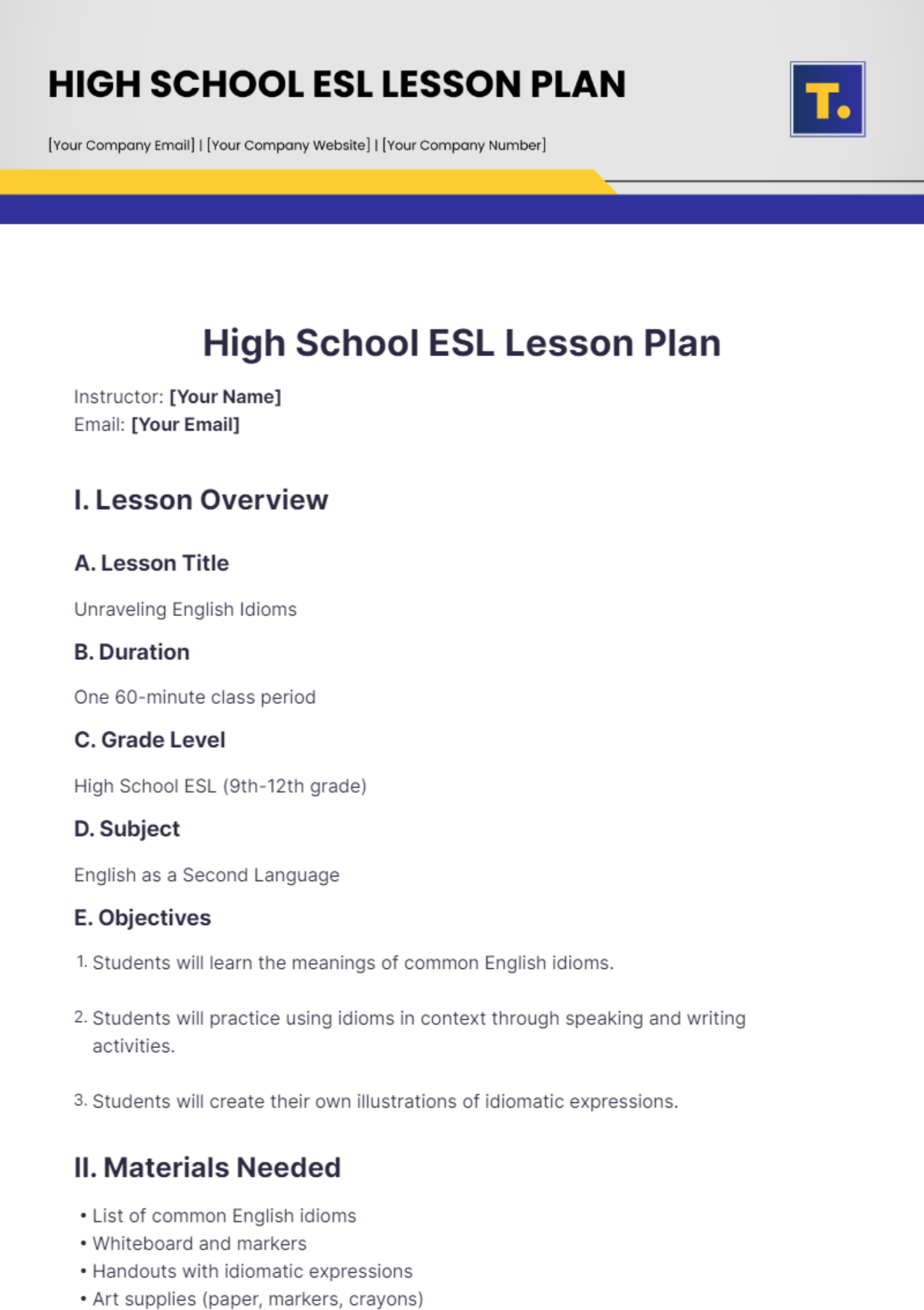STEM Lesson Plan
Teacher: [Your Name]
Email: [Your Email]
Date: May 12, 2060
Field | Details |
|---|---|
Lesson Title | Building Bridges: Engineering Stability |
Grade Level | 5th Grade |
Subject Area(s) | Science, Technology, Engineering, Mathematics (STEM) |
Duration | 90 minutes |
Objectives
Learning Objectives:
By the end of this lesson, students will be able to:Understand and apply the principles of engineering design to build a bridge.
Calculate the load capacity of their bridge design using basic mathematical operations.
Analyze the strengths and weaknesses of various bridge designs through testing.
STEM Skills Targeted:
Problem-Solving: Developing solutions to design challenges.
Critical Thinking: Evaluating different bridge structures and materials.
Collaboration: Working in teams to design and build a bridge.
Materials Needed
Building Materials:
Popsicle sticks (100 per group)
Glue (white school glue and hot glue guns)
String (for suspension bridge models)
Weights (small bags of sand or washers for testing load)
Tools:
Rulers (to measure dimensions)
Scissors (for cutting materials)
Technology:
Tablets or computers (for research on bridge designs)
Presentation software (e.g., Google Slides or PowerPoint)
Handouts:
Bridge design planning sheet
Assessment rubric
Lesson Overview
Introduction (10 minutes):
Begin with a short video showcasing different types of bridges (e.g., suspension, arch, beam).
Pose the question: “What makes a bridge strong enough to hold weight?”
Discuss the importance of bridges in everyday life.
Direct Instruction (15 minutes):
Present a brief overview of engineering design principles:
Identify a problem
Research and brainstorm solutions
Plan and build prototypes
Test and improve designs
Explain how forces (compression, tension, and shear) affect bridges.
Introduce the project goal: to design and build a bridge using specified materials.
Guided Practice (25 minutes):
Divide students into small groups (3-4 students each).
Distribute the bridge design planning sheet and allow groups to brainstorm ideas.
Walk around to facilitate discussions and encourage the use of math for measuring.
After groups finalize their designs, provide materials for the building phase.
Independent Practice (25 minutes):
Groups build their bridge according to their designs.
Remind students to keep track of their calculations for length, width, and height.
Once completed, groups will present their bridges and explain the design choices they made.
Closure (10 minutes):
Conduct a “Bridge Testing Day” where each group tests their bridge’s load capacity.
After testing, have a class discussion about which designs held the most weight and why.
Reinforce the concepts of engineering and mathematical calculations used during the project.
Assessment
Formative Assessment:
Observe group discussions and participation during the design phase.
Use questioning techniques to gauge understanding of engineering concepts.
Summative Assessment:
Evaluate each group’s bridge based on:
Design innovation
Strength (load capacity)
Presentation clarity
Use the assessment rubric to provide feedback.
Differentiation Strategies
For Advanced Learners:
Challenge students to design a bridge that incorporates an additional feature (e.g., a moving part).
Encourage them to use CAD software to design their bridge virtually.
For Struggling Learners:
Provide a bridge template to help guide their construction.
Pair them with a peer mentor for support during the design and building process.
Reflection
Post-Lesson Reflection:
After the lesson, reflect on what worked well:
Were students engaged in the activities?
Did they demonstrate an understanding of the concepts?
Consider areas for improvement:
Were there any challenges in group dynamics?
How could the materials or time allocation be adjusted for future lessons?

